On our third day in Quanzhou, we hired a taxi driver to ferry us around for the day and headed out of the city to explore some of the traditional houses that have survived in the surrounding villages.
Tsai’s Family Houses
蔡氏古民居建筑群
Tsai’s ancient family houses are located in Zhangli Village about a one-hour drive from Quanzhou. It was built by Tsai Qichang, a returned overseas Chinese from the Philippines, and his son Tsai Chen from 1867 to 1911 during the Qing Dynasty.
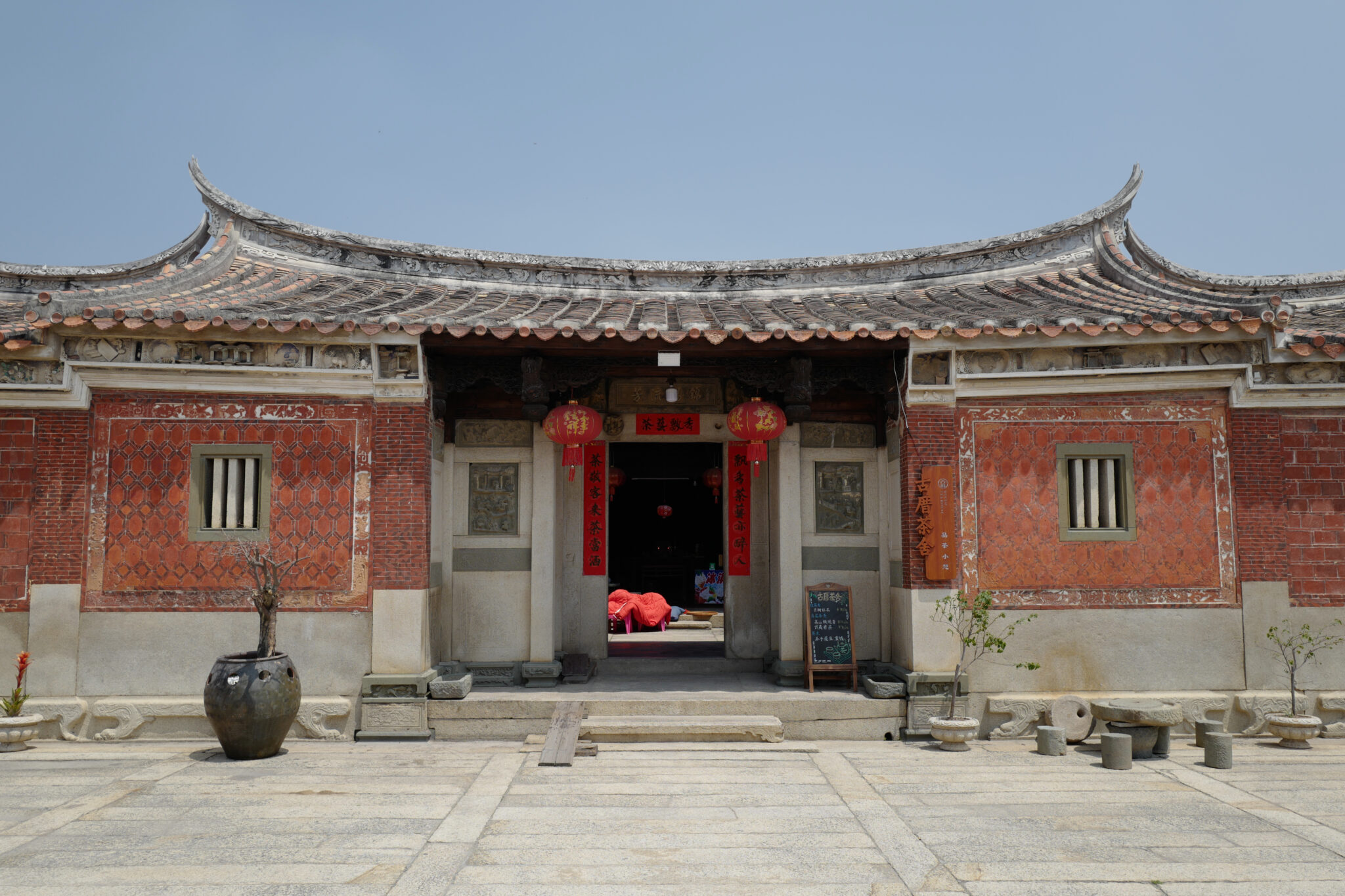
The sprawling complex consists of nearly 400 buildings arranged in neat rows covering 30,000 square meters. Each residence has multiple entrances, with wooden carved beams, red-tiled walls and roofs adorned with sweeping swallow-tail-shaped ridges.
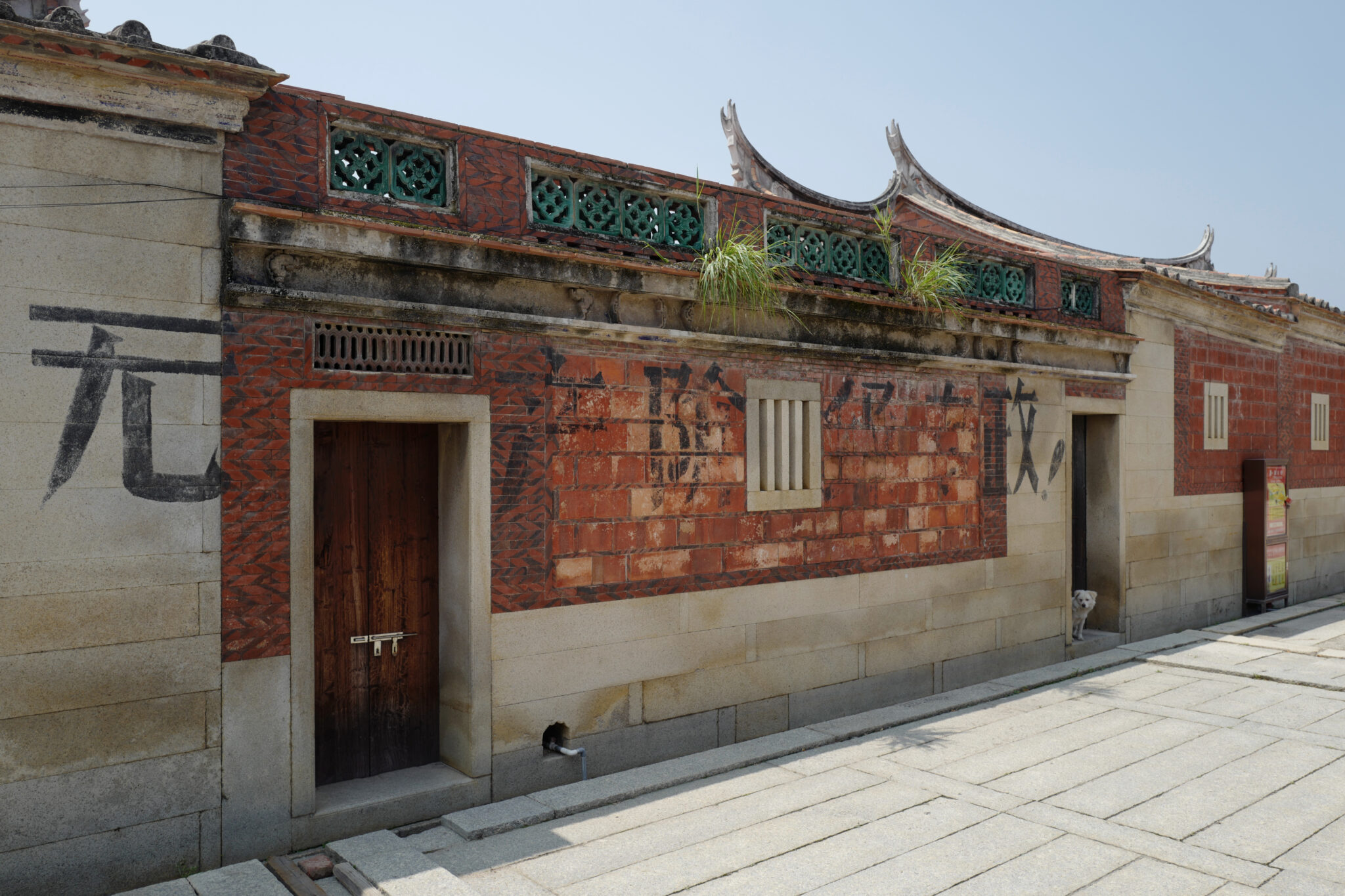
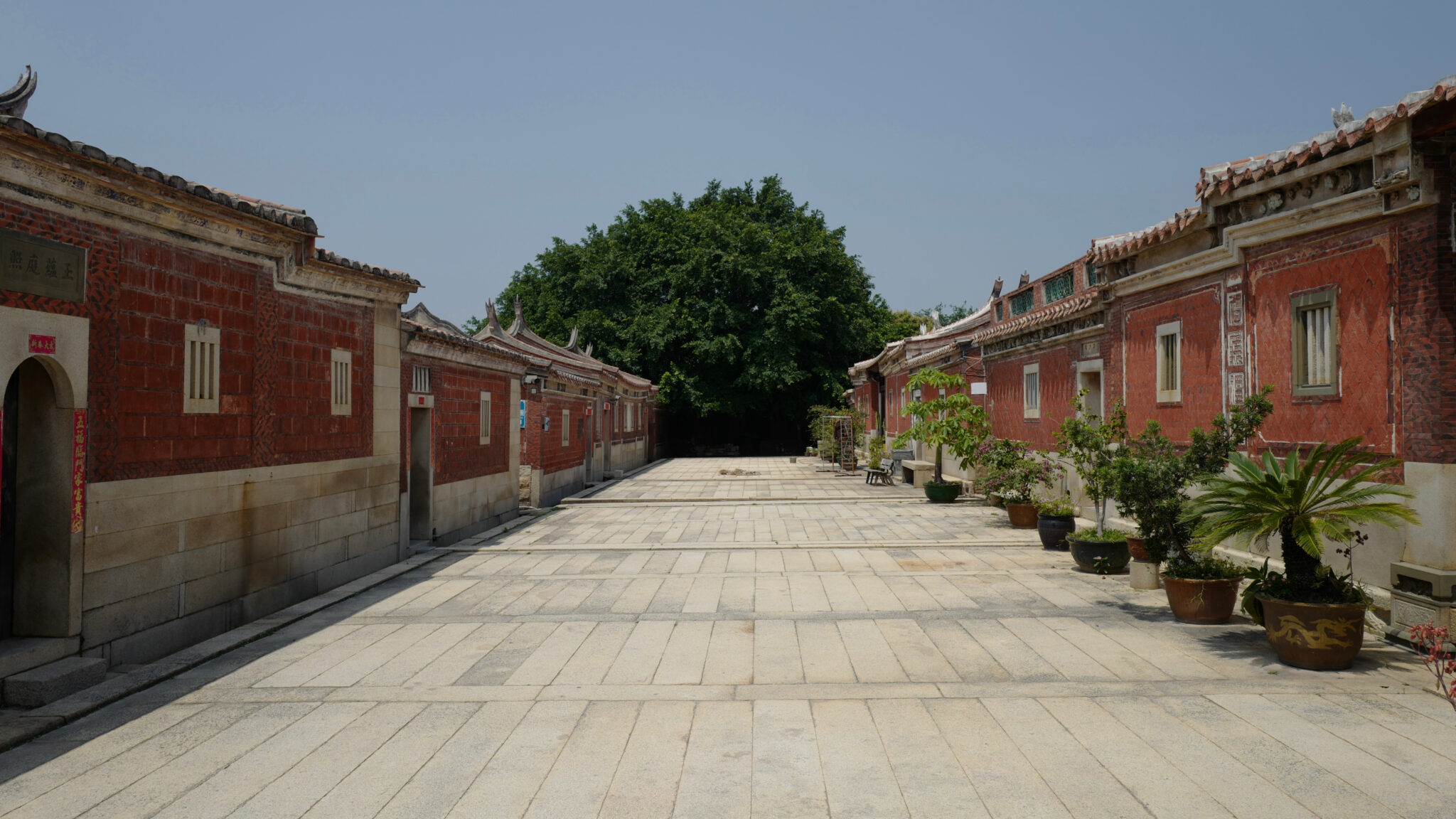
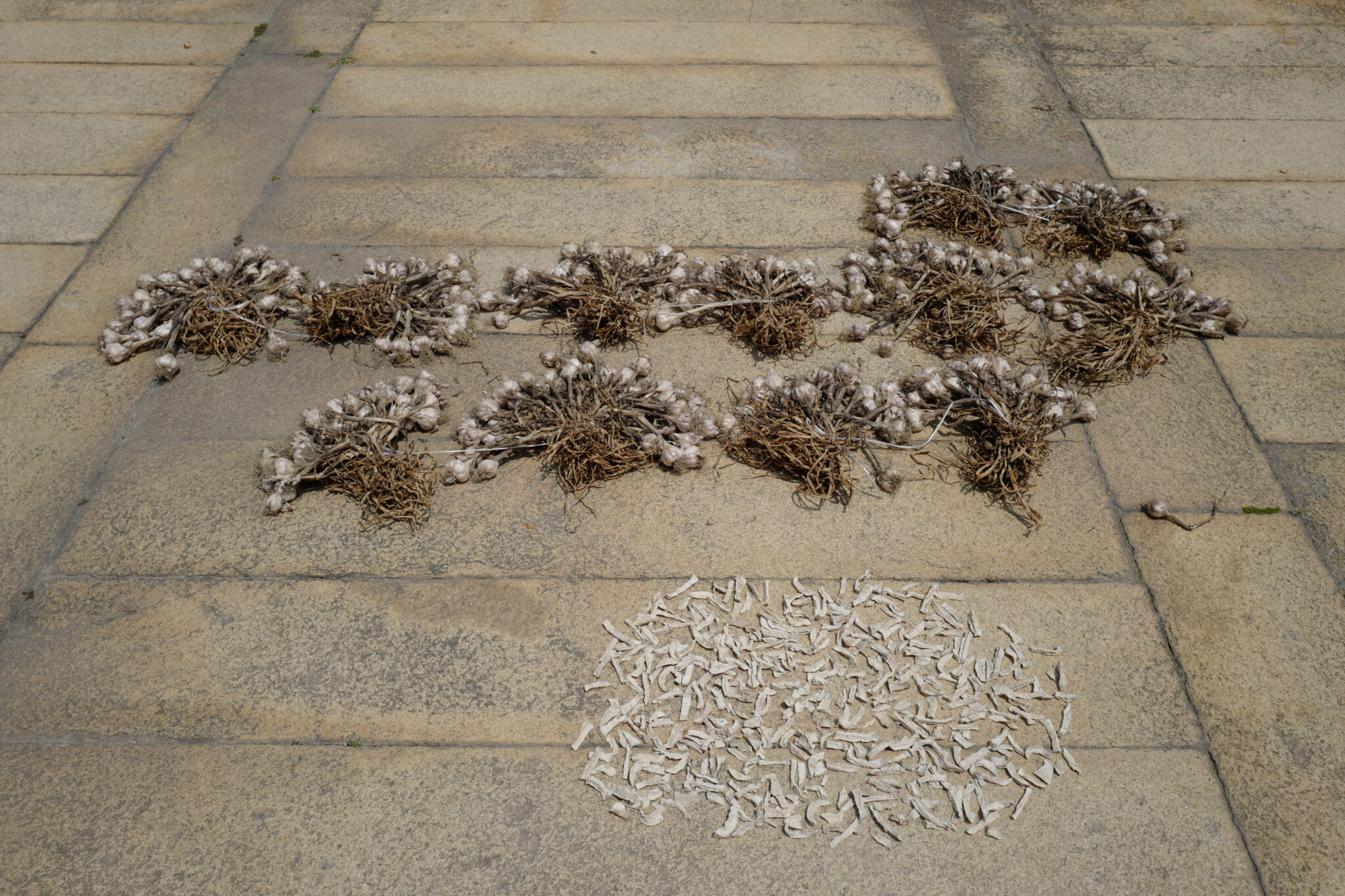
The residences are connected by stone paths paved with granite slabs. These areas can be used for drying produce and as places to rest and cool down during the day.
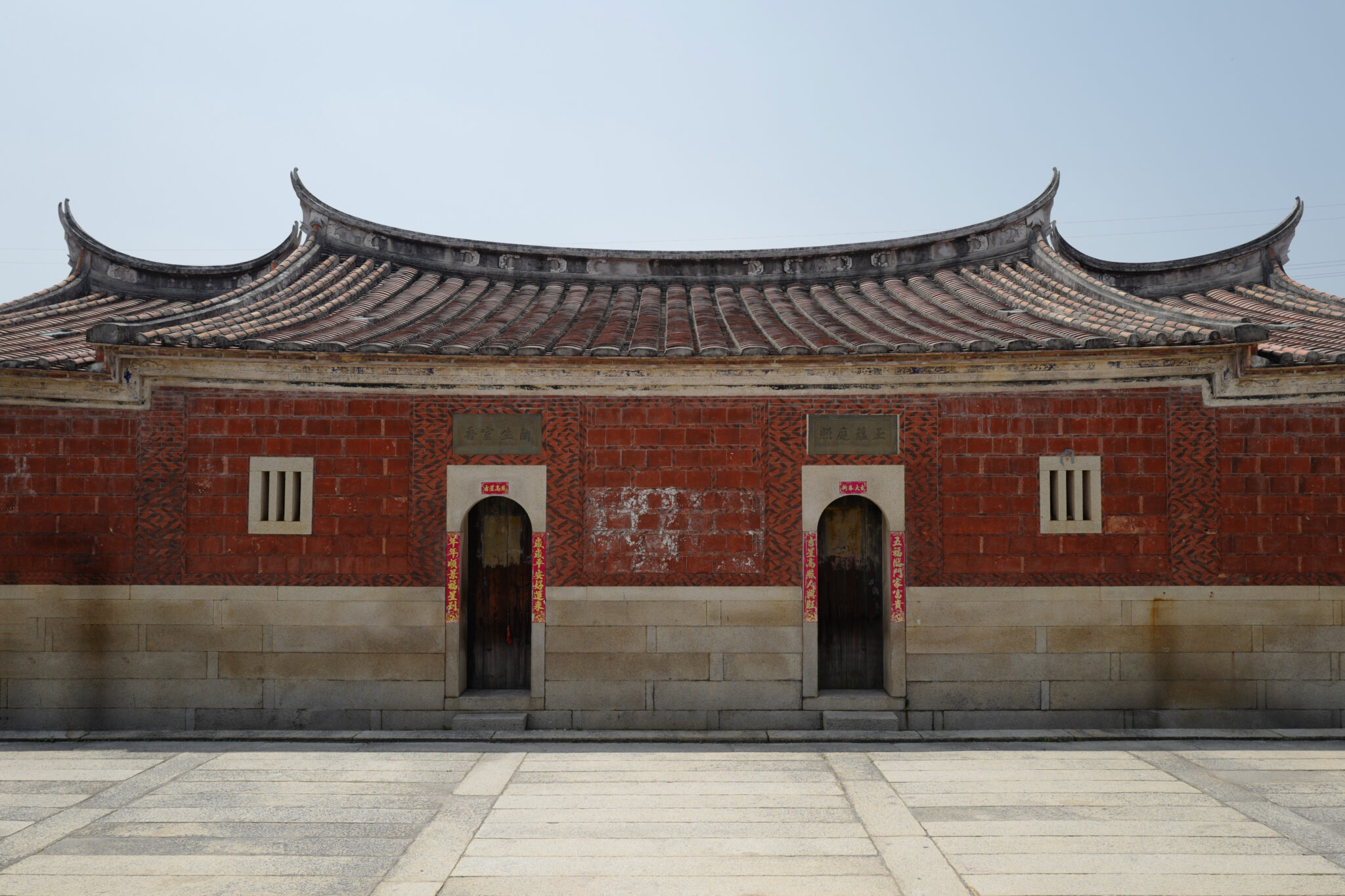
The entire building complex reflects the main characteristics of traditional residential architecture in southern Fujian province during the Ming and Qing Dynasties. In 2001 it was protected by the State Council as a national cultural relic.
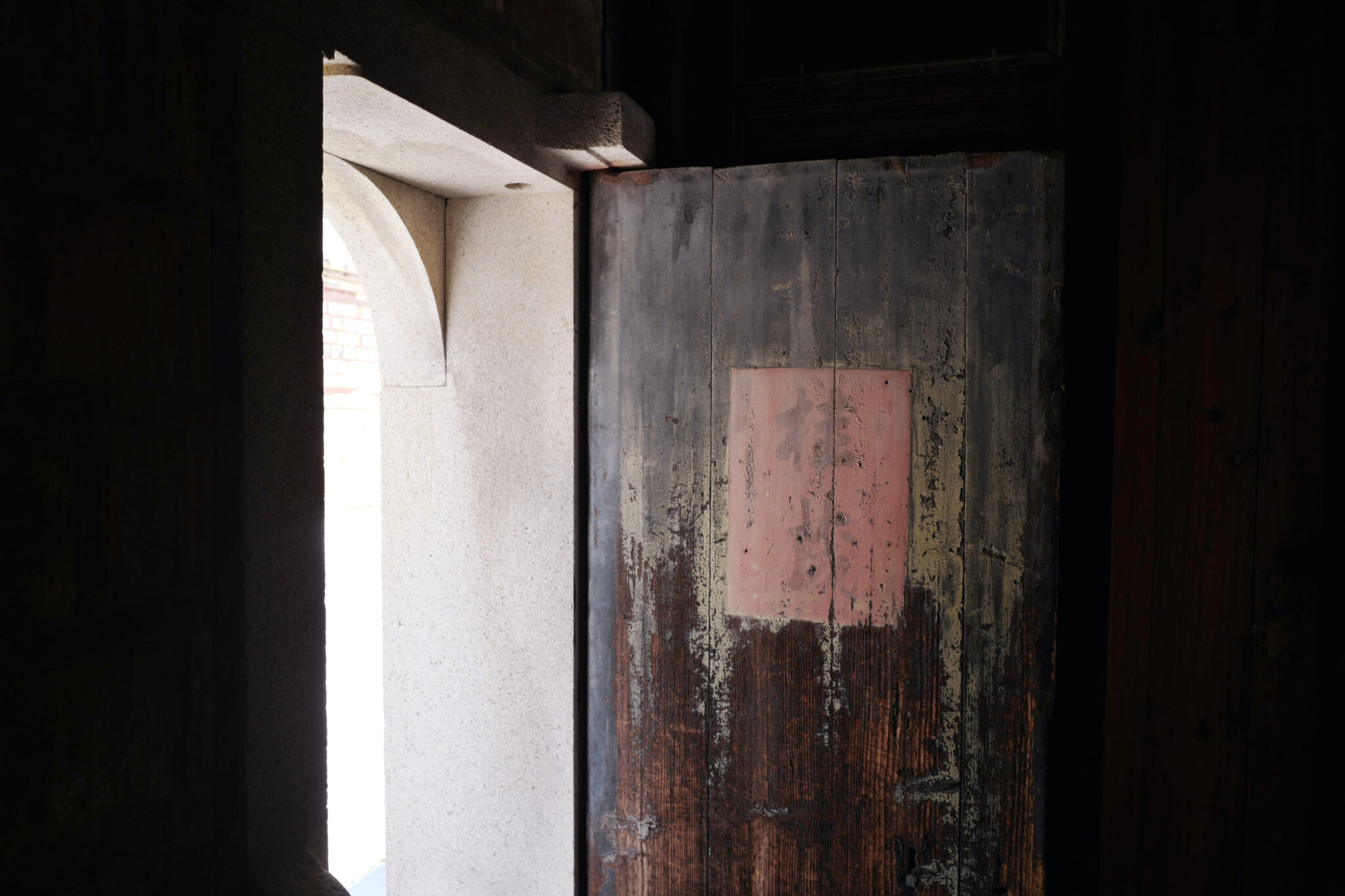
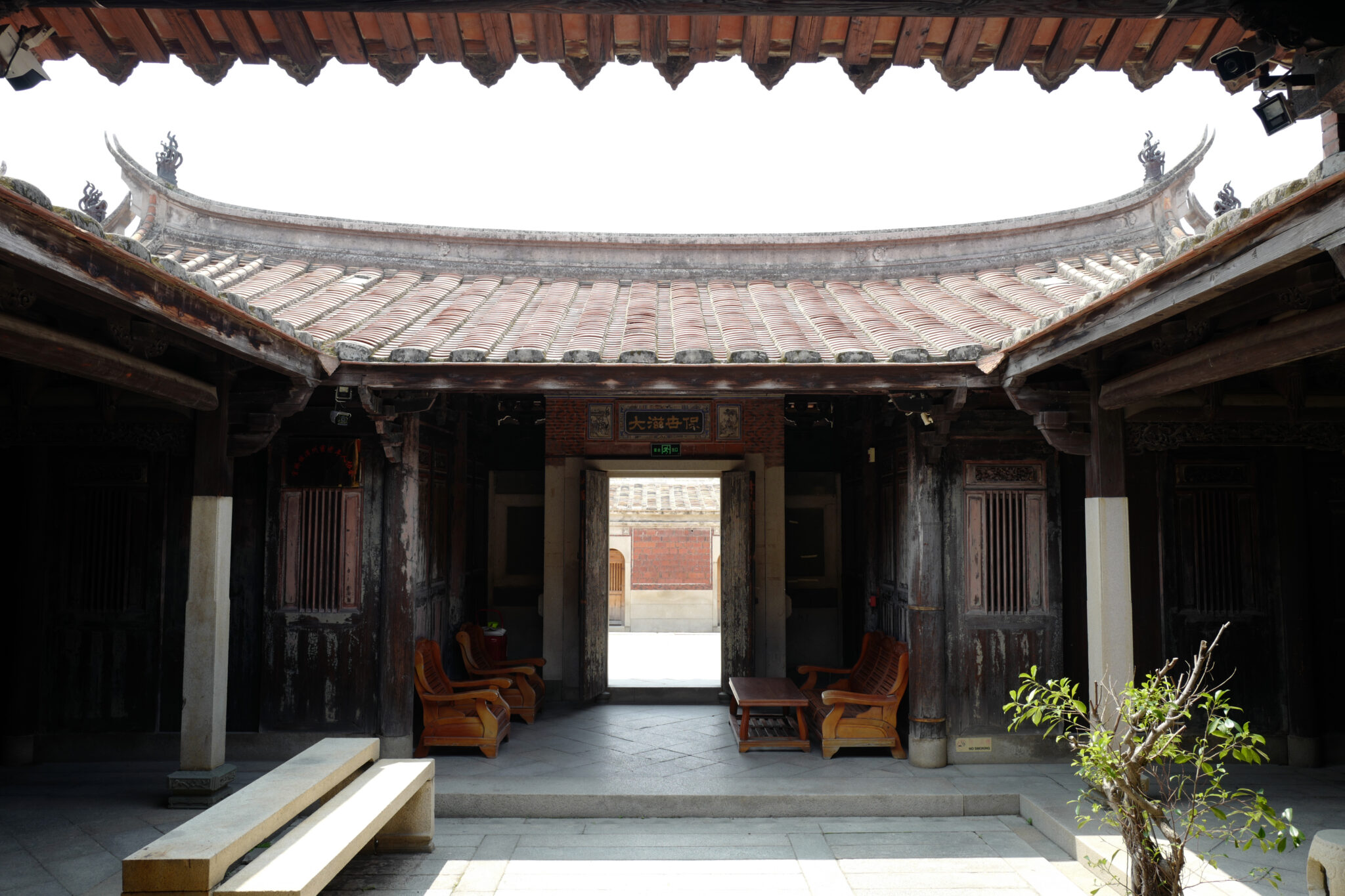
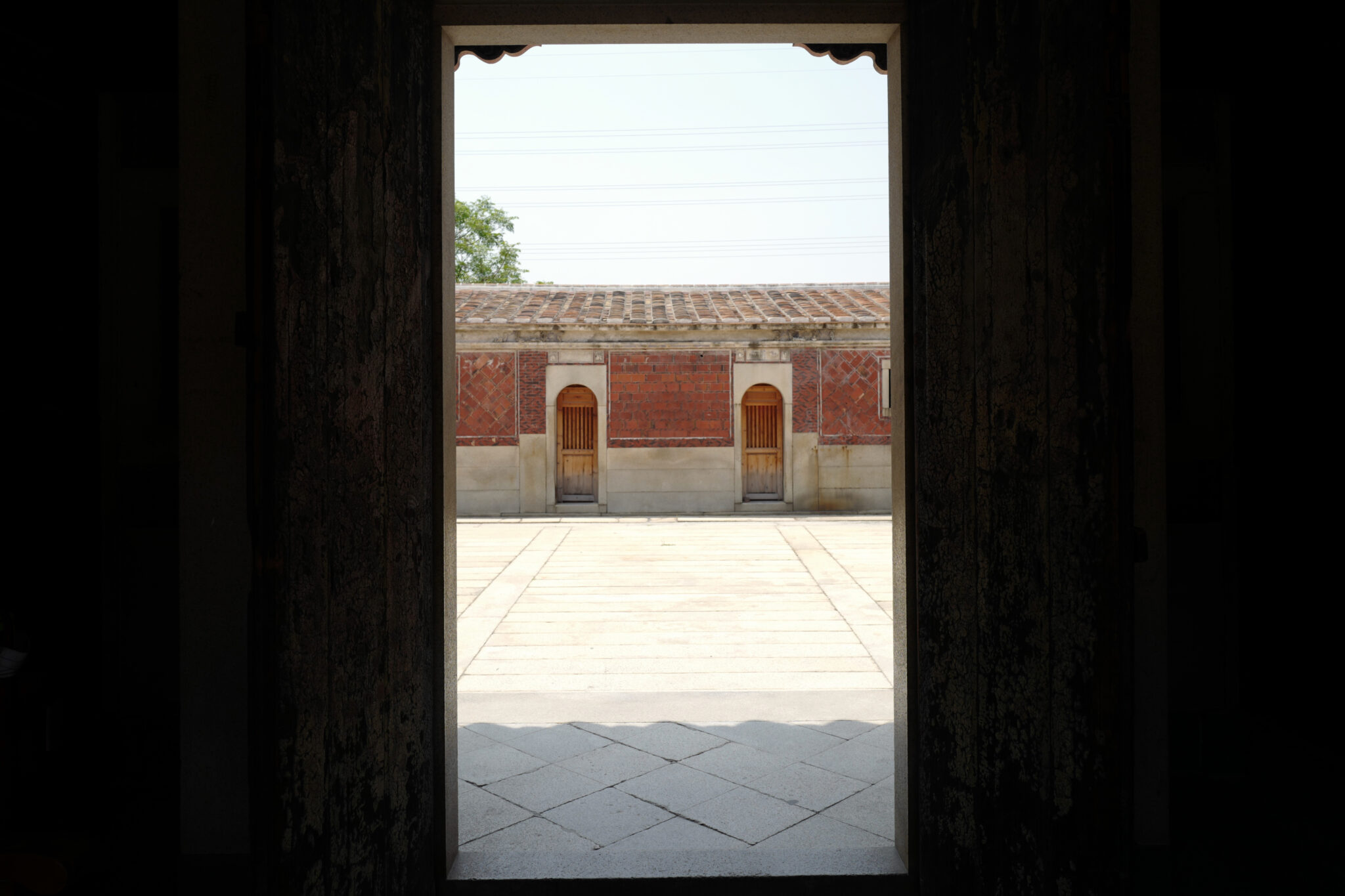
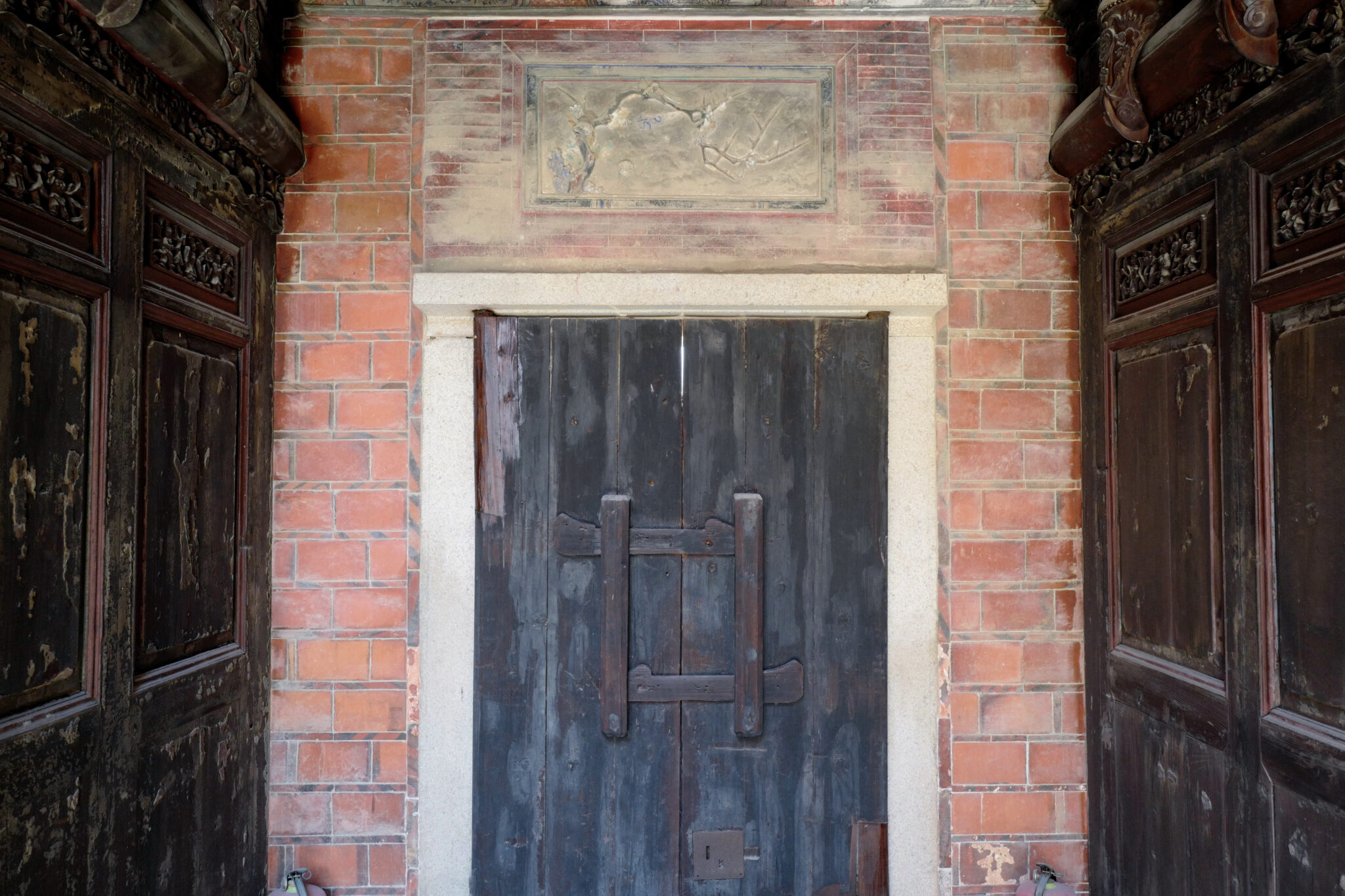


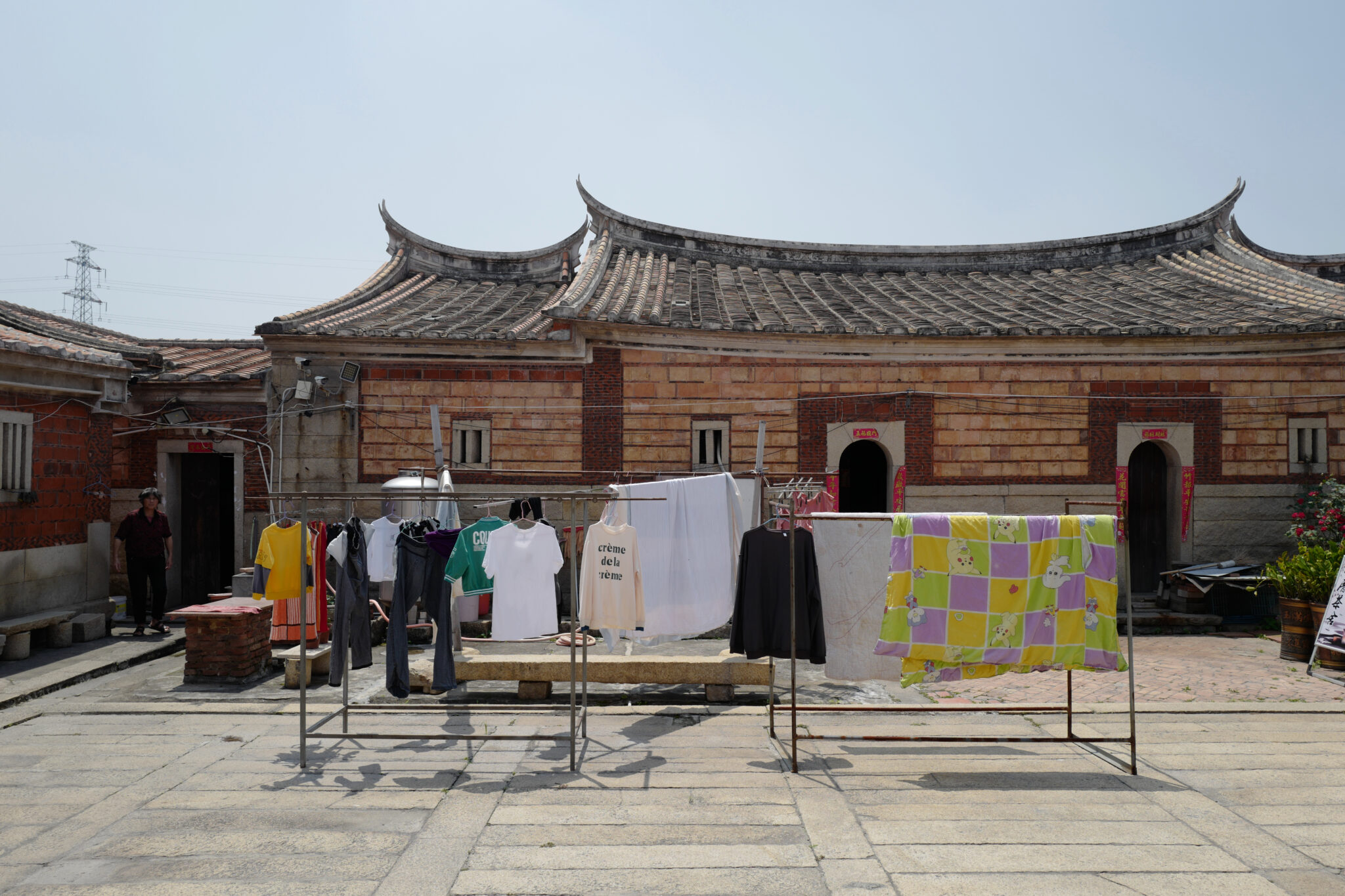
Although some of the buildings are in poor condition, it was amazing to see some still being inhabited with the large open courtyards being used to dry washing, prepare food, and as places for people to congregate.
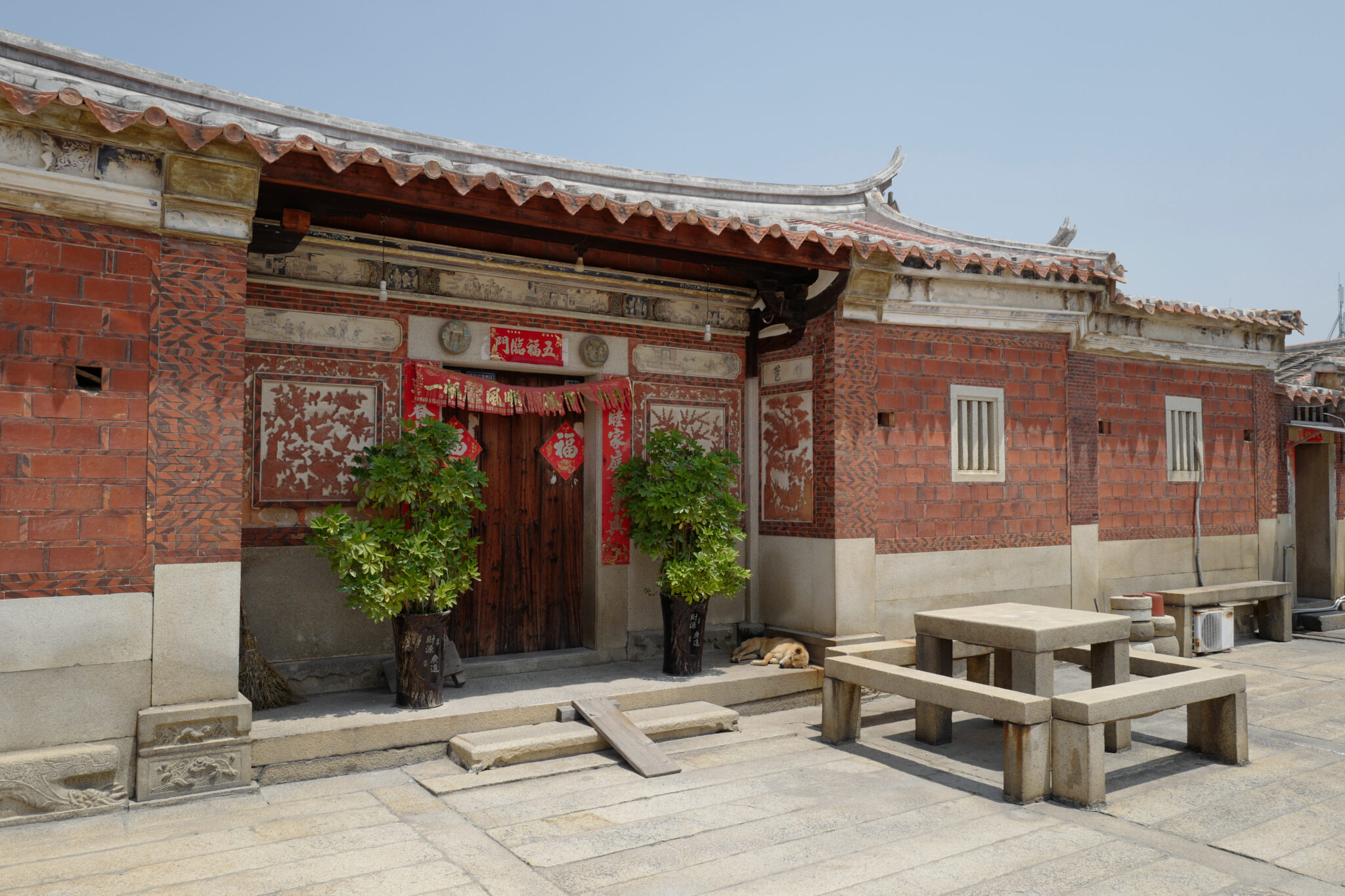
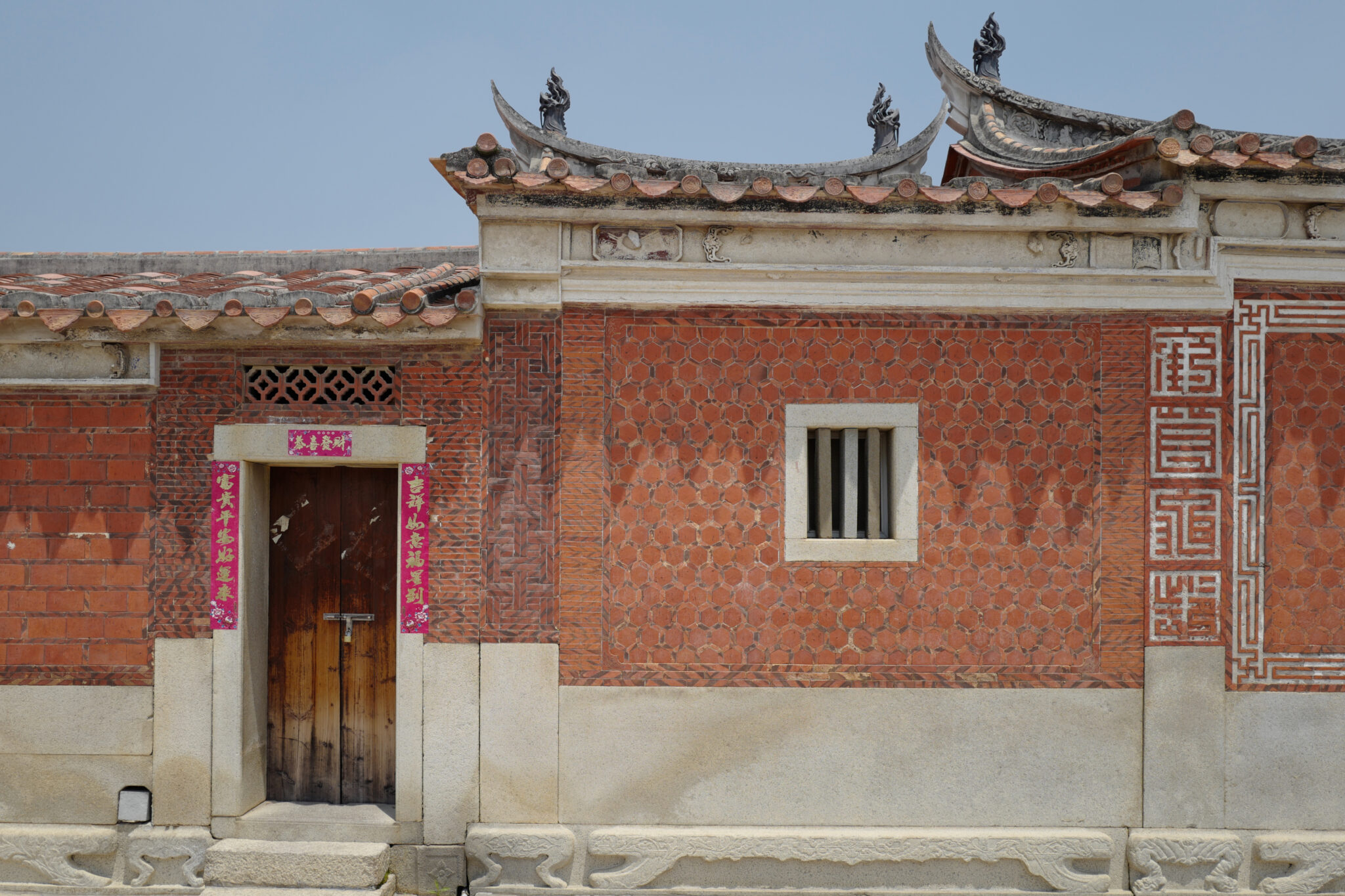

The area is a really magical place to wander around, even more so since we seemed to be the only visitors there.
Maoxia Village
茂霞村
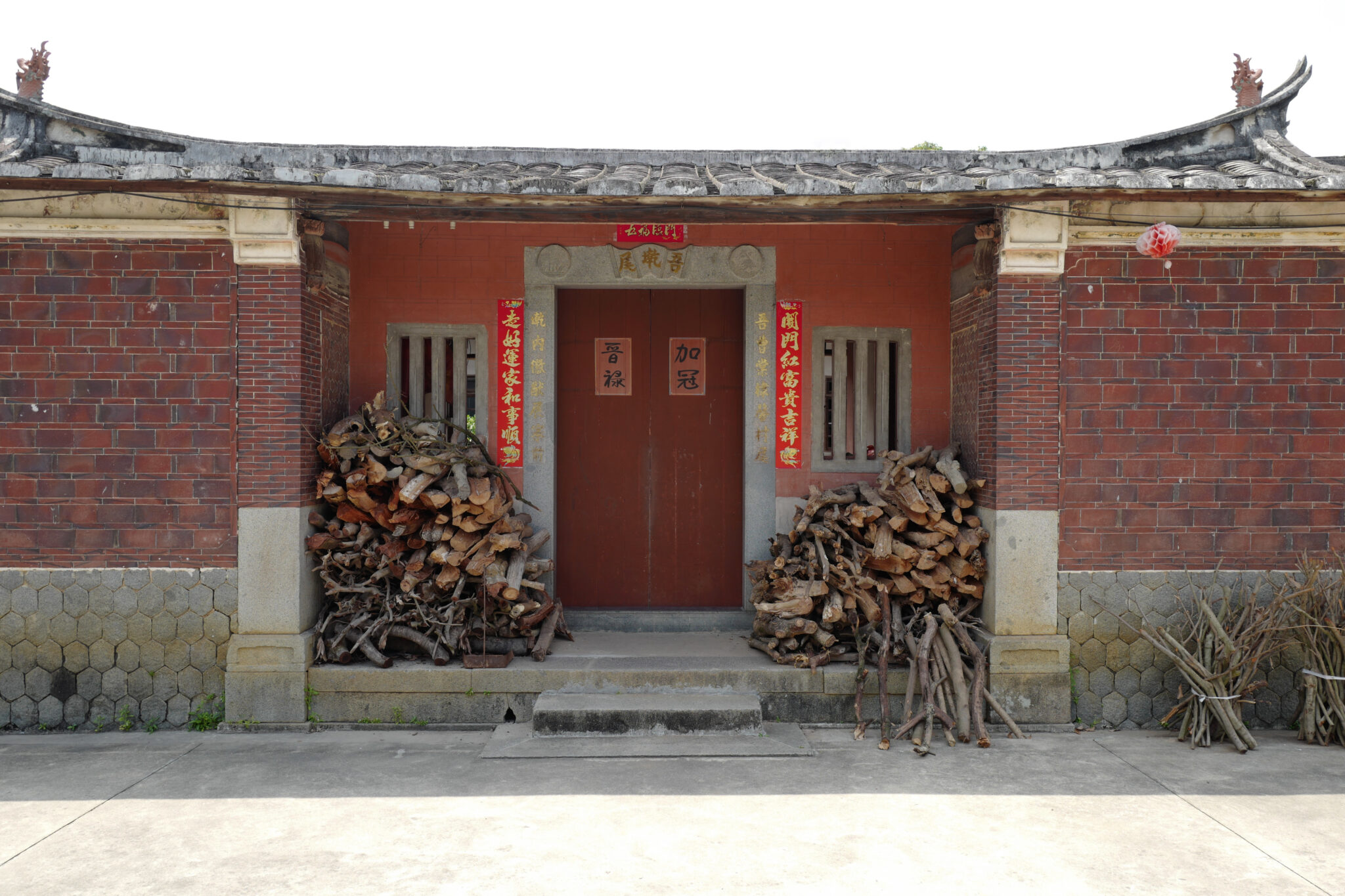
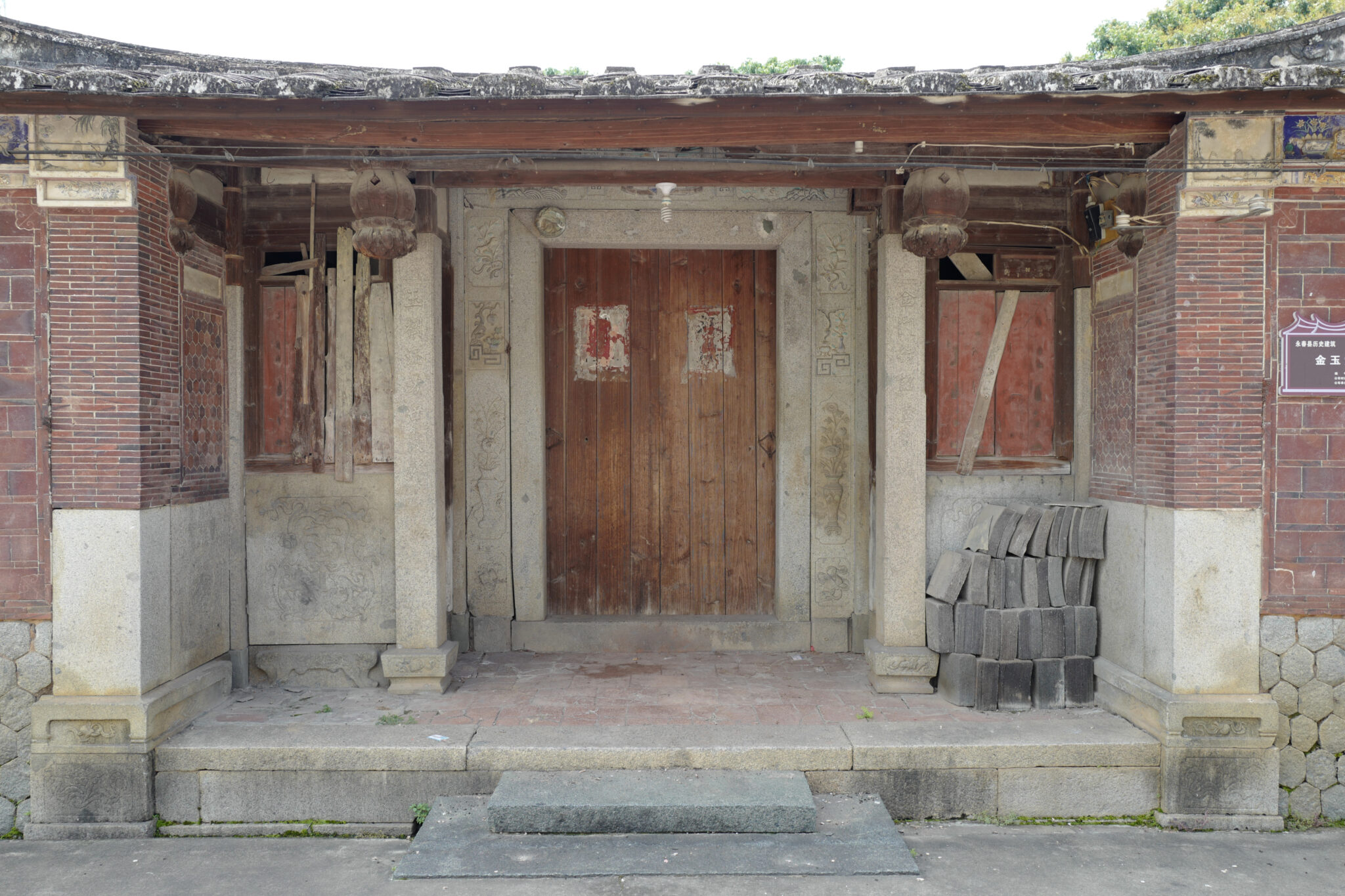
Maoxia Village is characterized by ancient houses that exhibit the local architectural style of “red bricks, black tiles, and white stone foundations” in the mountainous areas of southern Fujian. Many still retain exquisite brick, stone, and wood carvings and other decorative features.
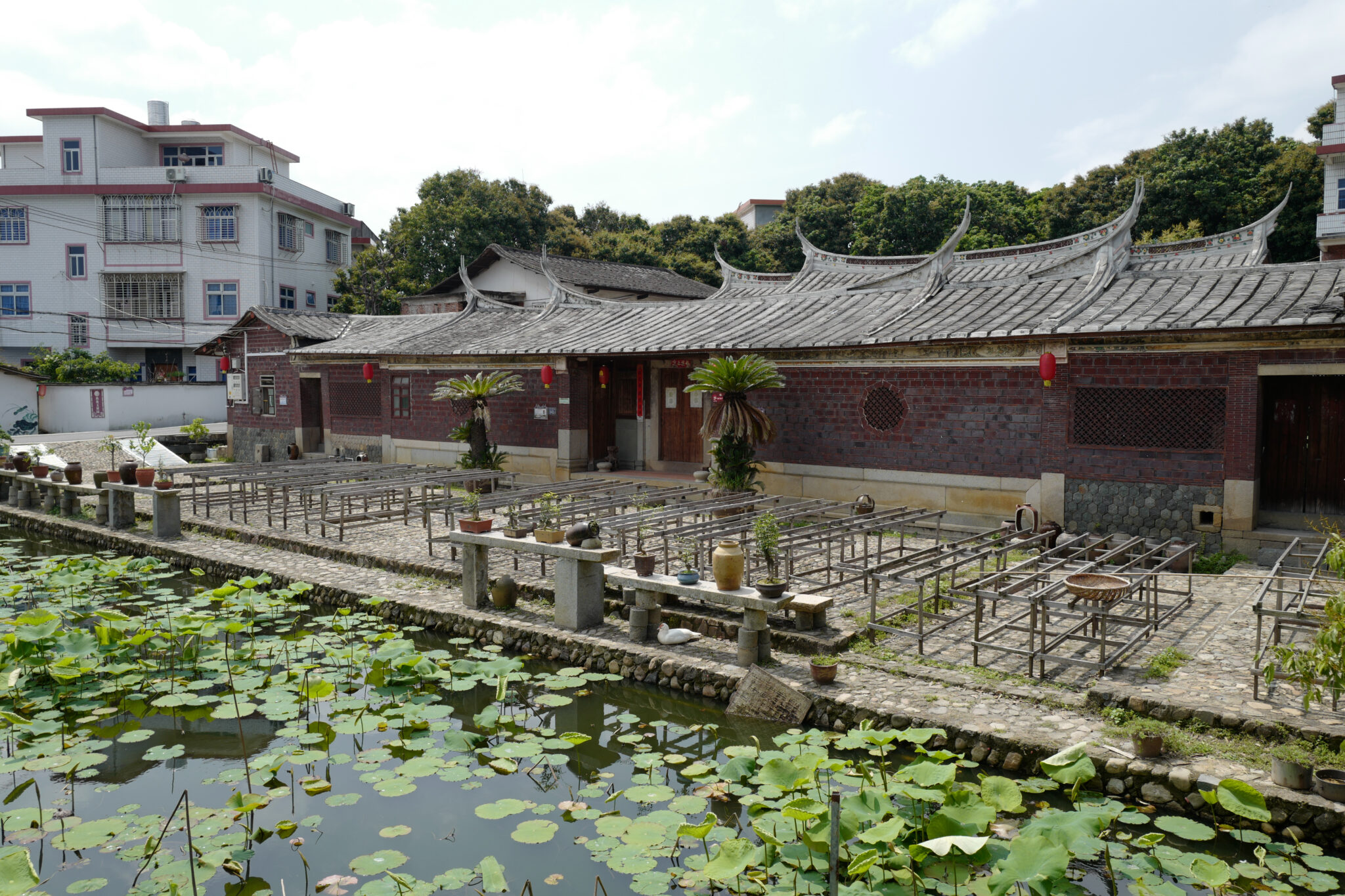
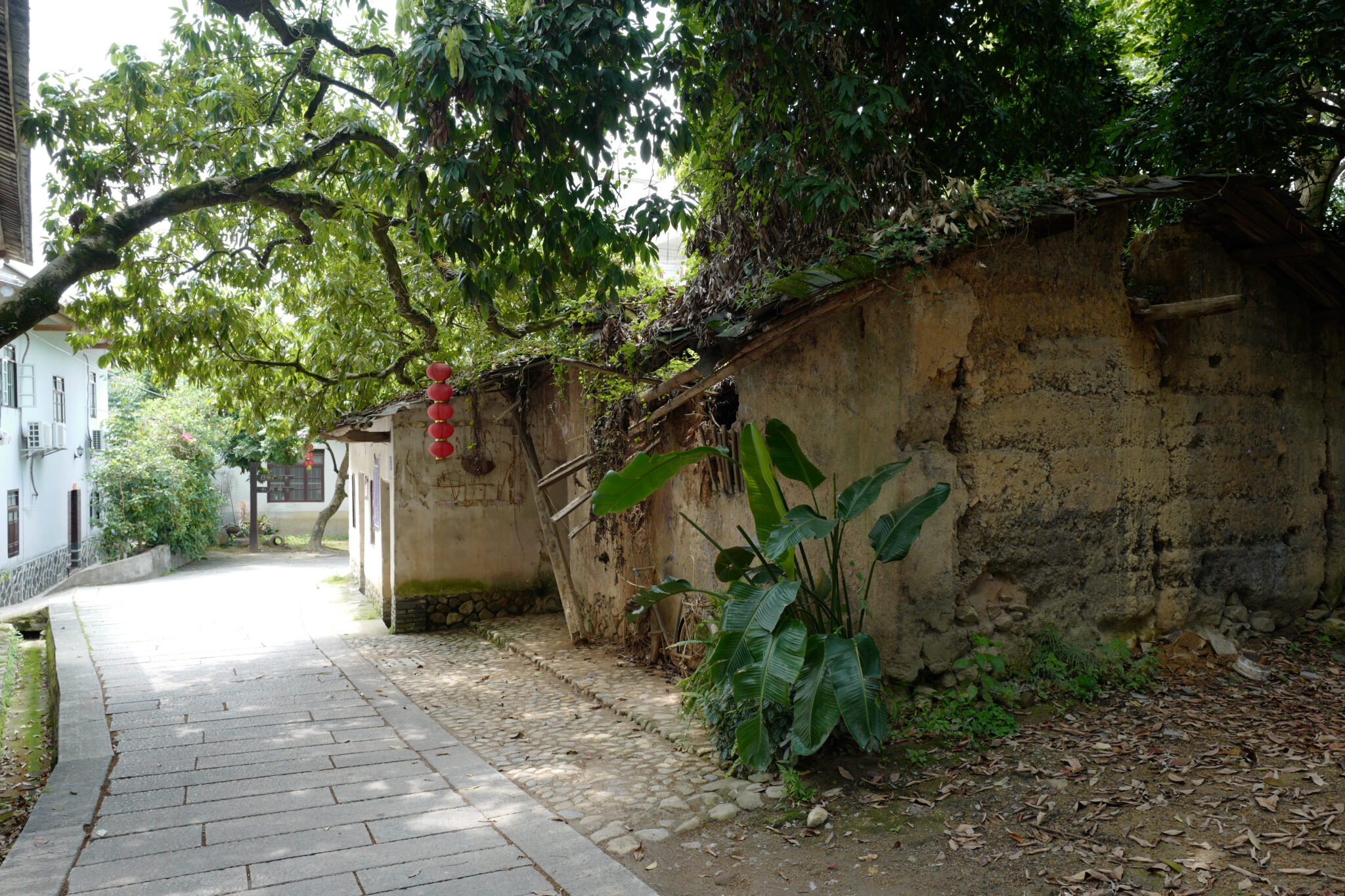
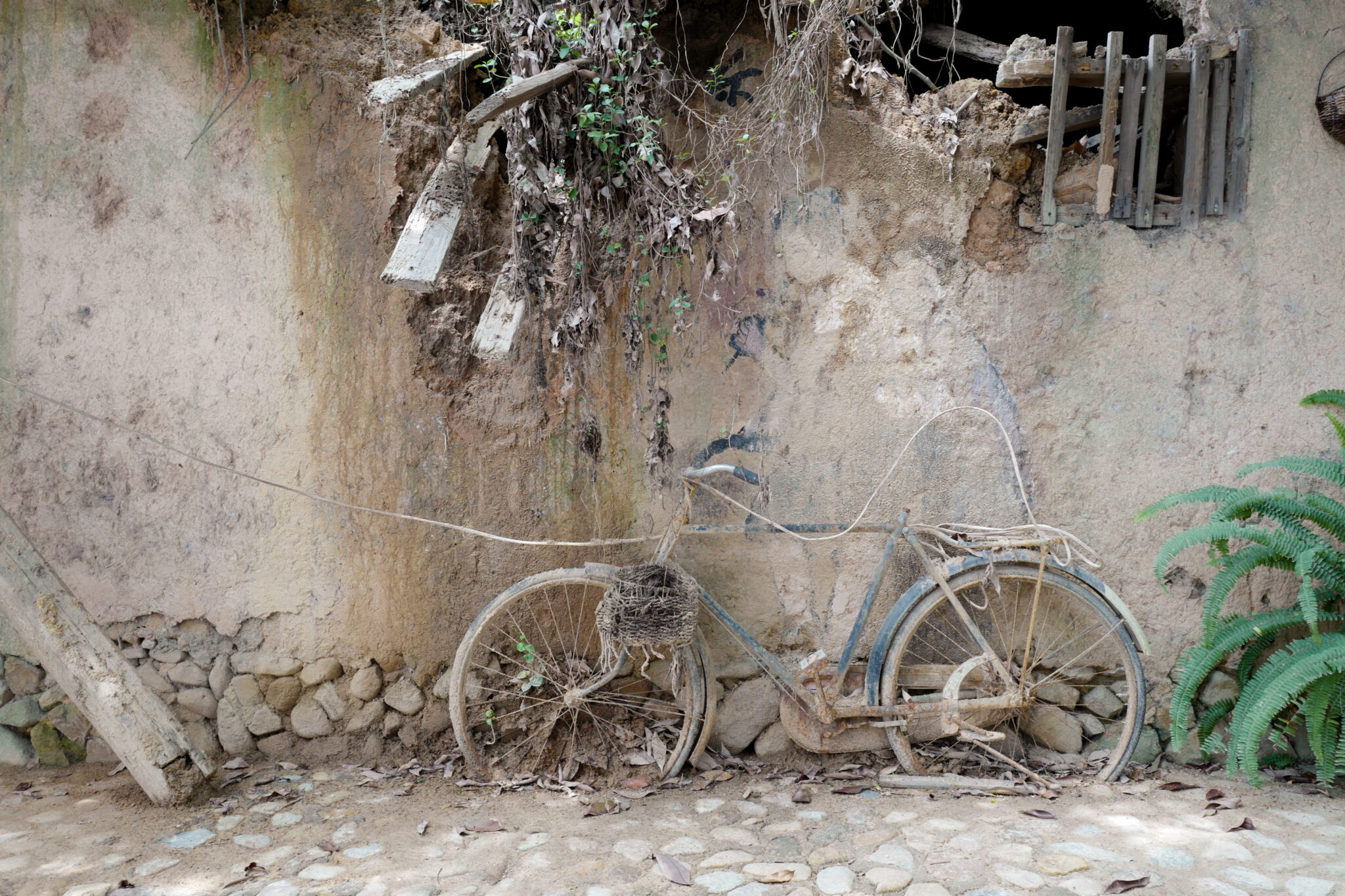
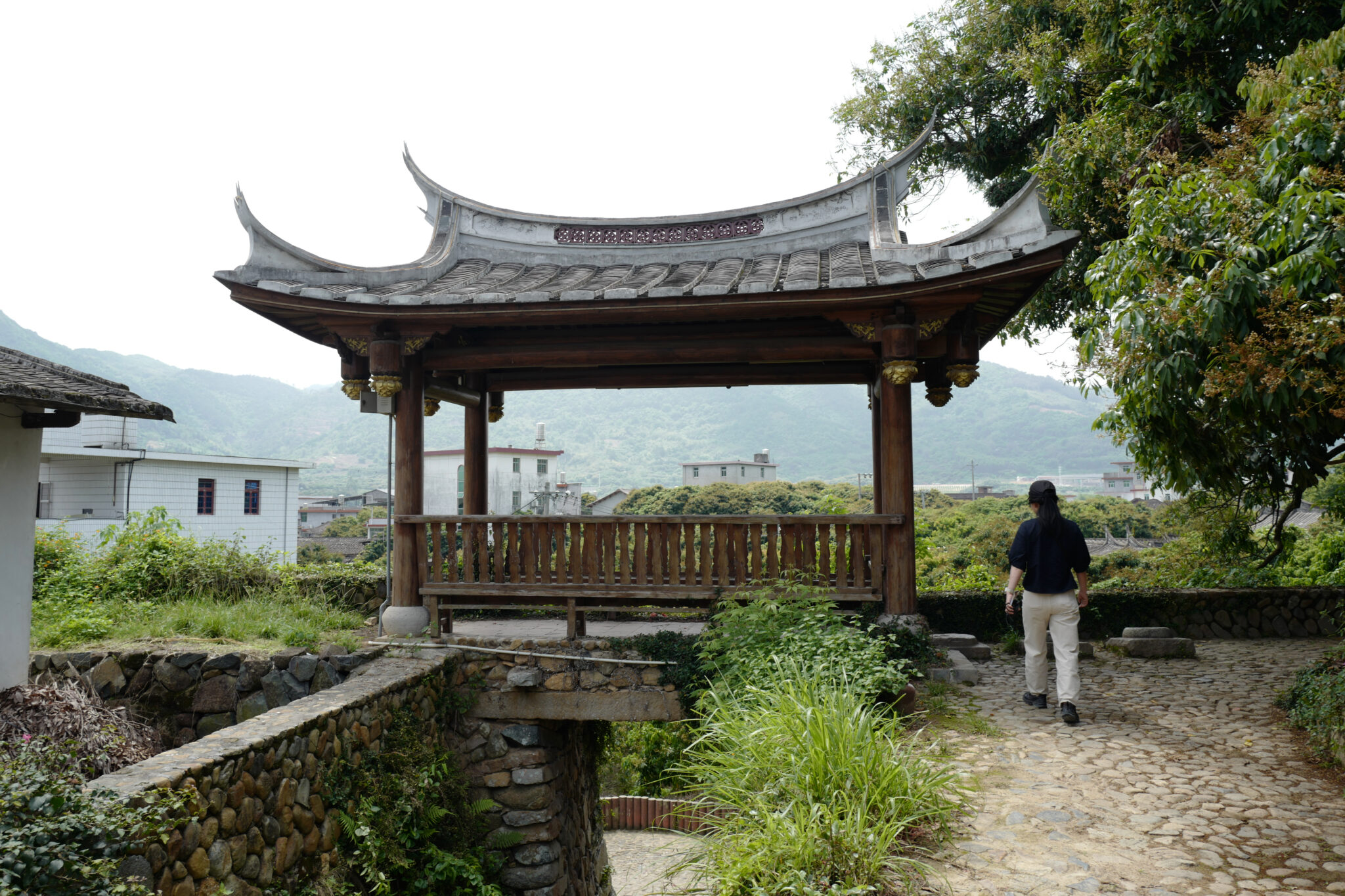
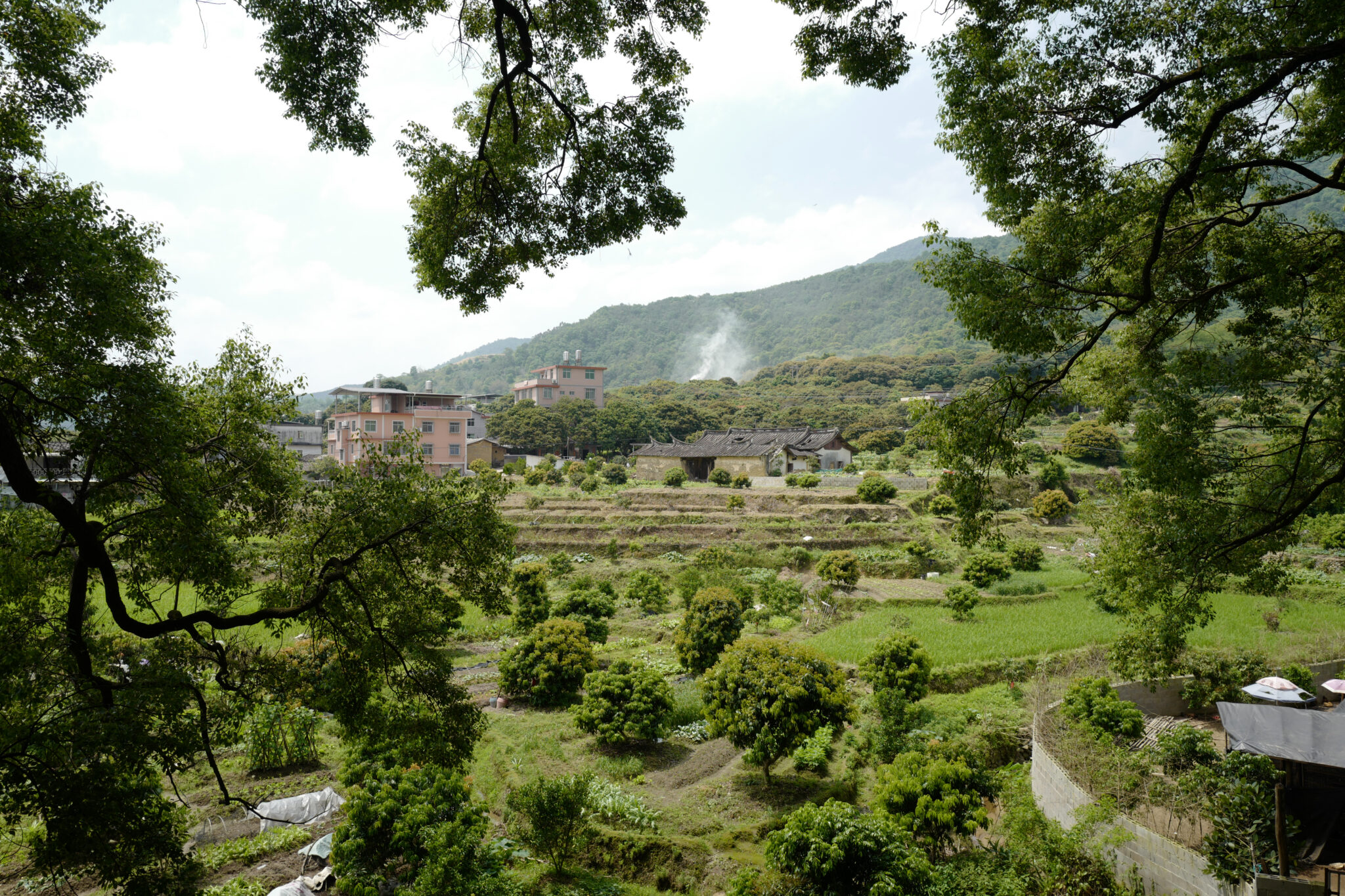
The terraced rice fields dotted by lychee trees here were particularly picturesque with crumbling traditional houses, today used as agricultural sheds, sitting among them.
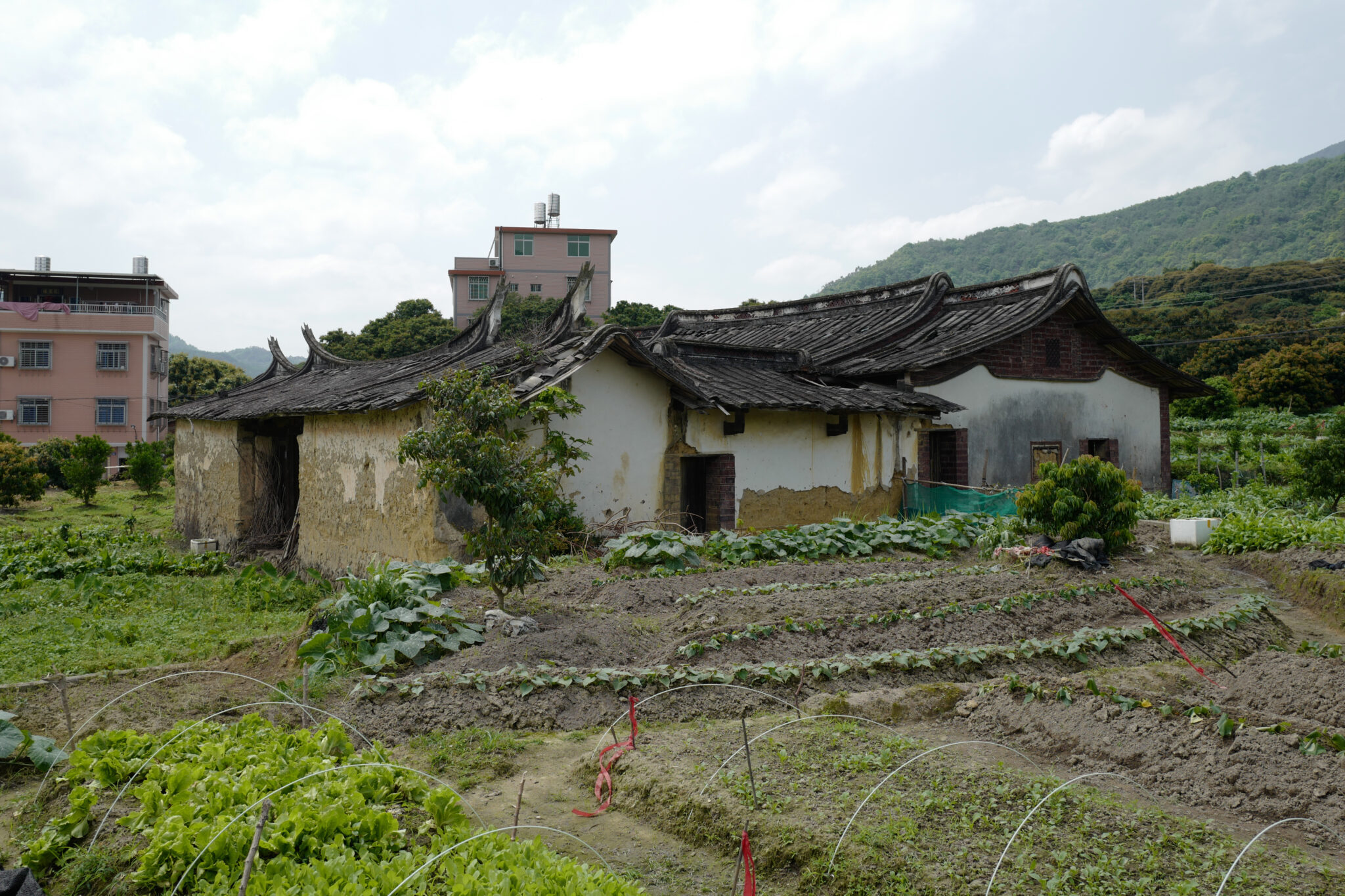
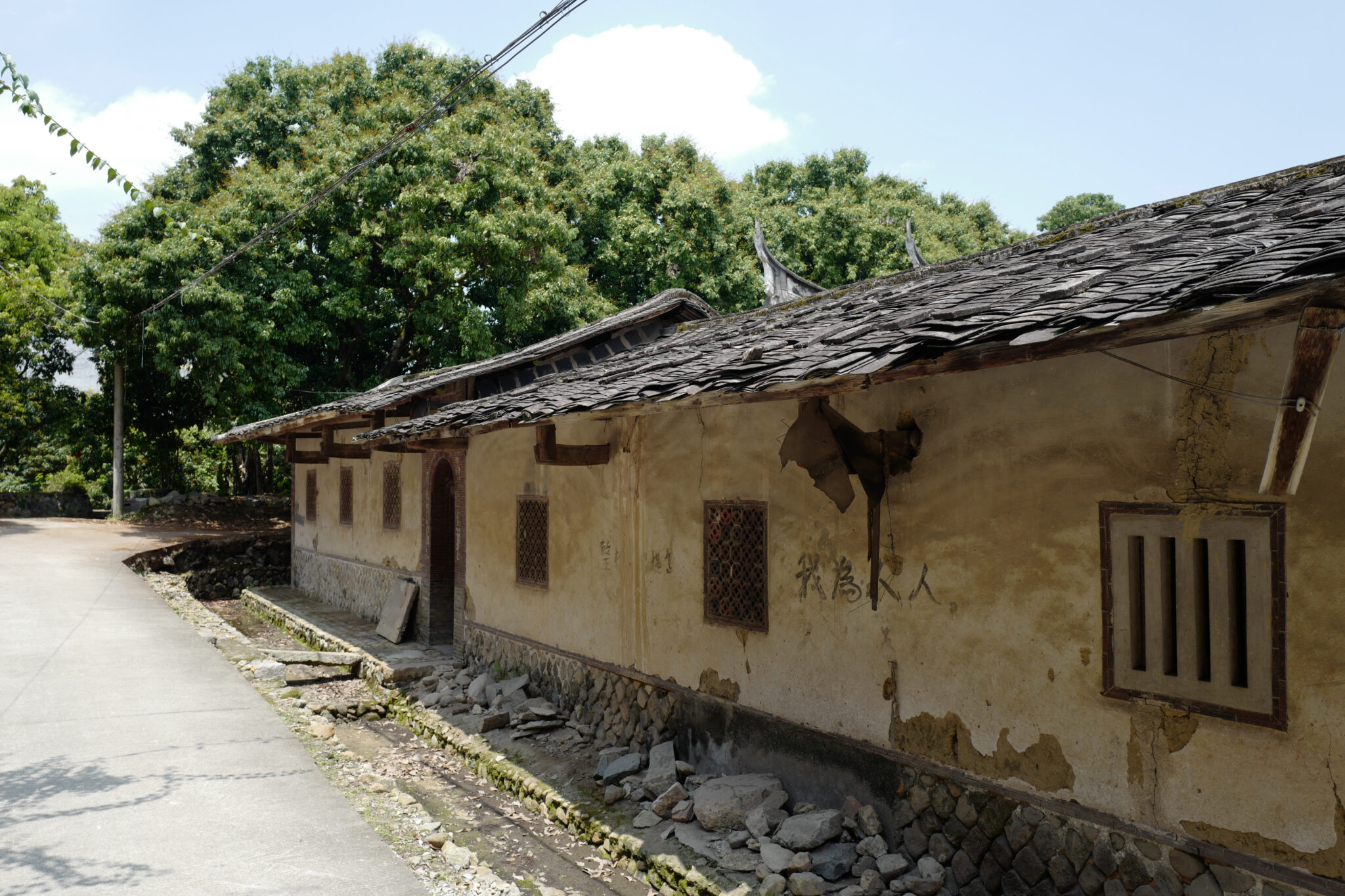
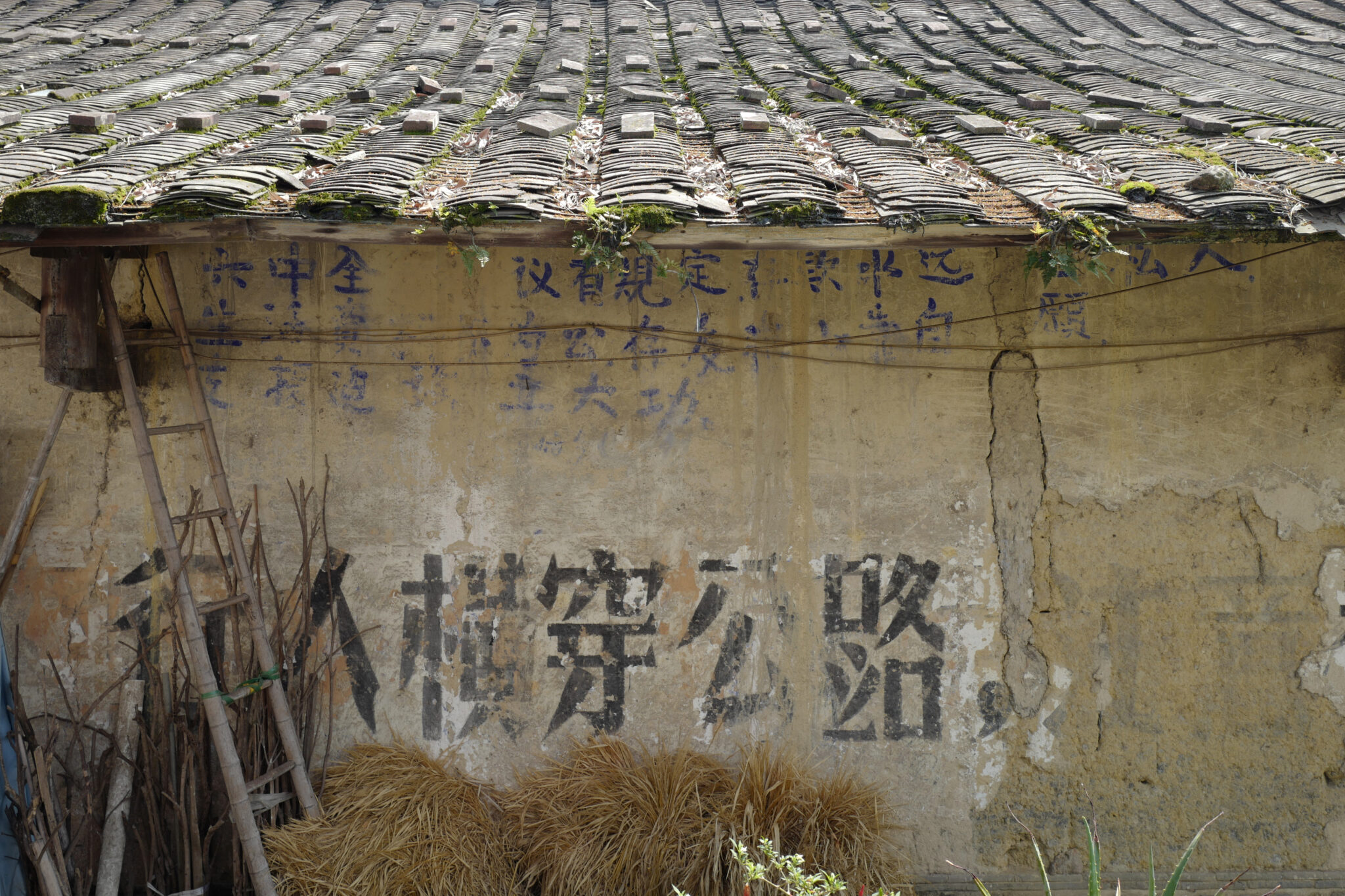
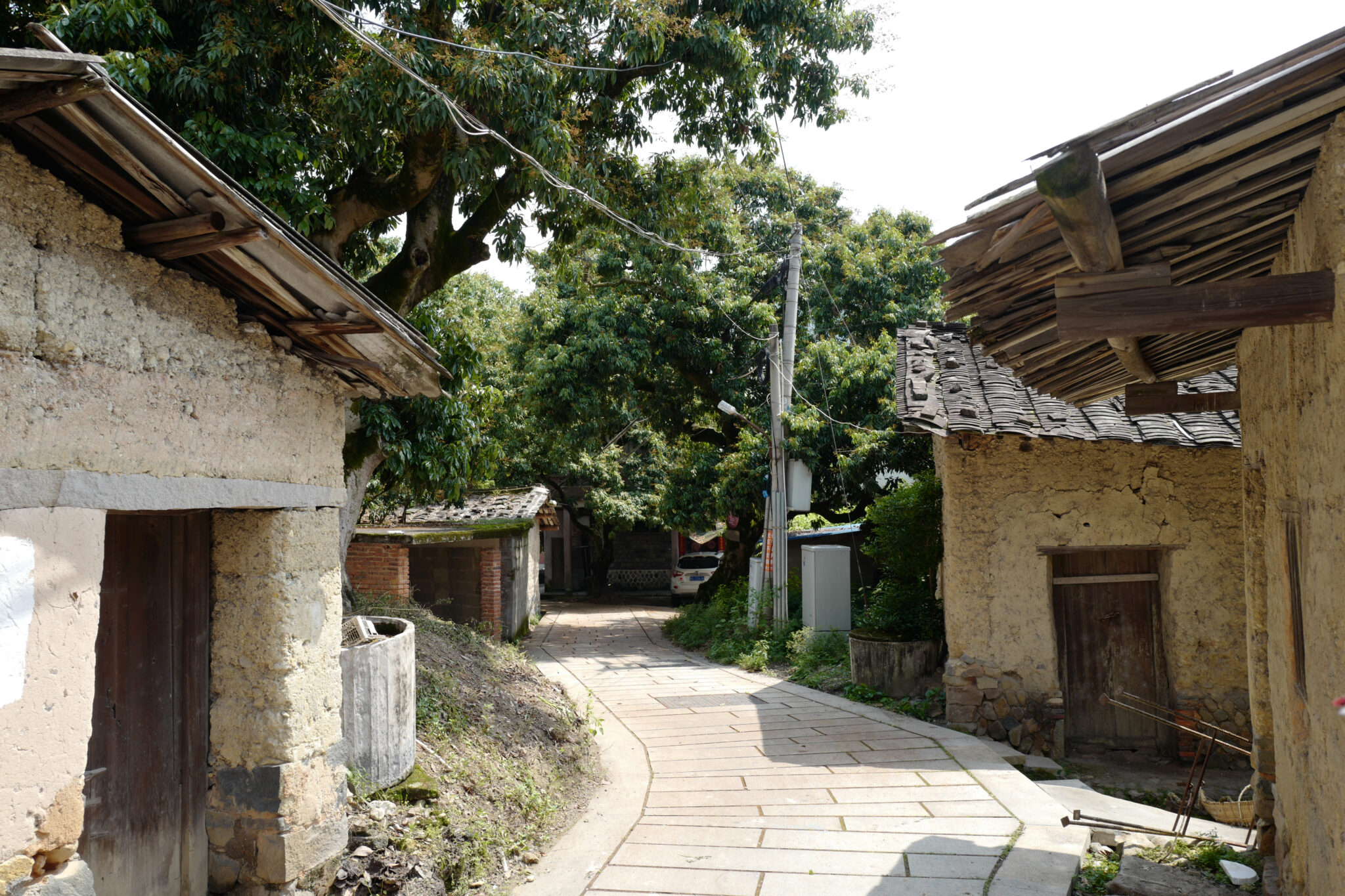
Xunlai Mansion
巽来庄
Xunlai Mansion, also known as Shanmei Earthen Building and Yongchun Earthen Building, is located in Yangxian Village. It was built by Lin Youfeng, an official of the Qing Dynasty, in 1777, covering an area of 3,100 square meters with a total of 96 rooms.
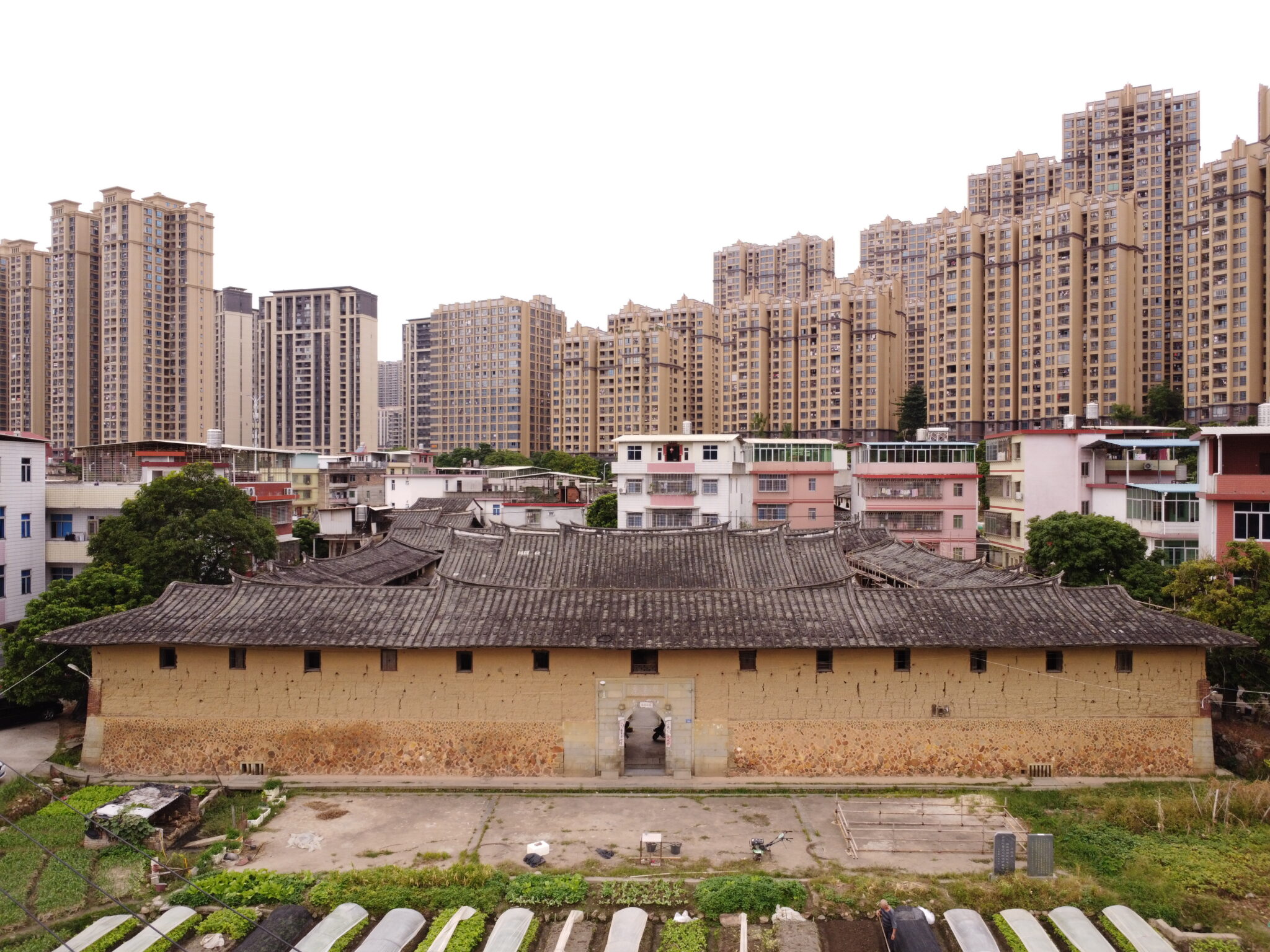
Xunlai Mansion faces south and has three tower gates. The south gate is the main entrance, with three characters “Xunlaizhuang” engraved on the stone plaque. There are two stone plaques “Yucui” and “Yingchun” on the east gate and west gate respectively.
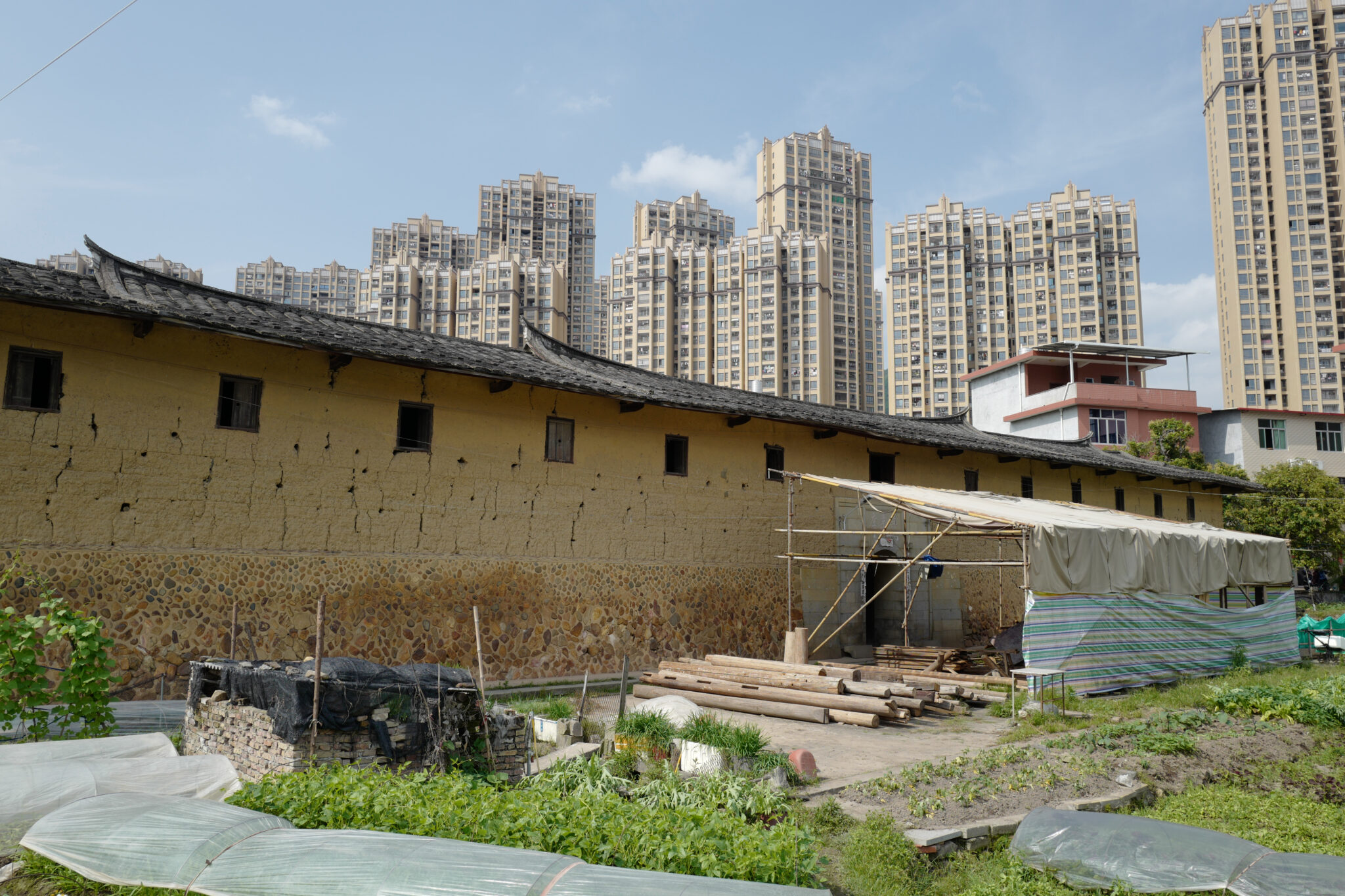
Today it sits surrounded by modern high-rise apartments but nevertheless remains an impressive piece of living history.
The outer periphery is a two-story building with earthen walls. The first layer is made of granite pebbles, 2.5 meters thick; the second layer is made of rammed clay, 0.8 meters thick. There are 13 windows on each side wall with additional gun holes.
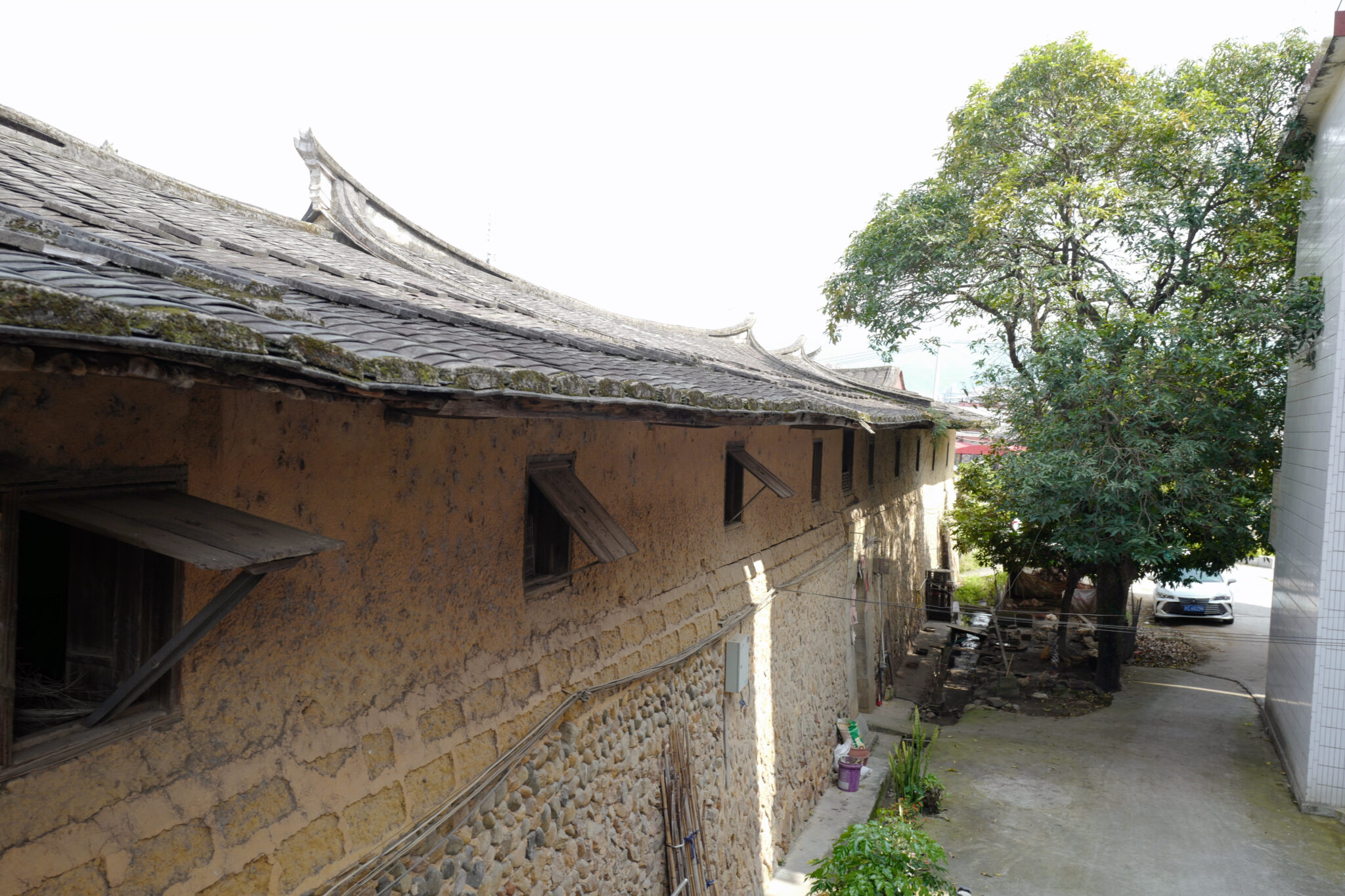
Looking at the mottled outer wall you can still see the imprints left by the builder’s hands when they rammed the earth two hundred years ago.
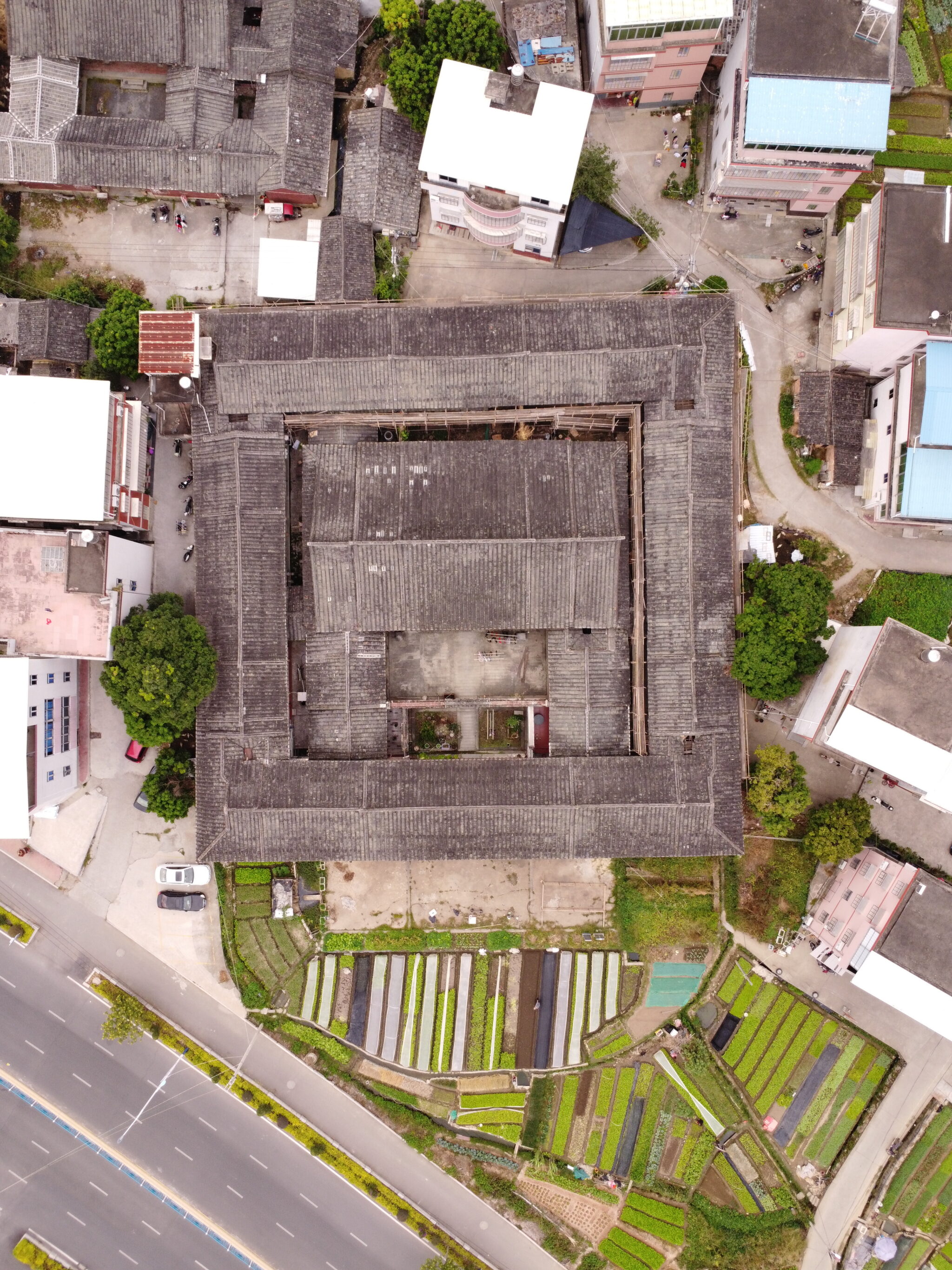
Looking down from above, the entire earth building is in the shape of the Chinese character 回 (“Hui”).
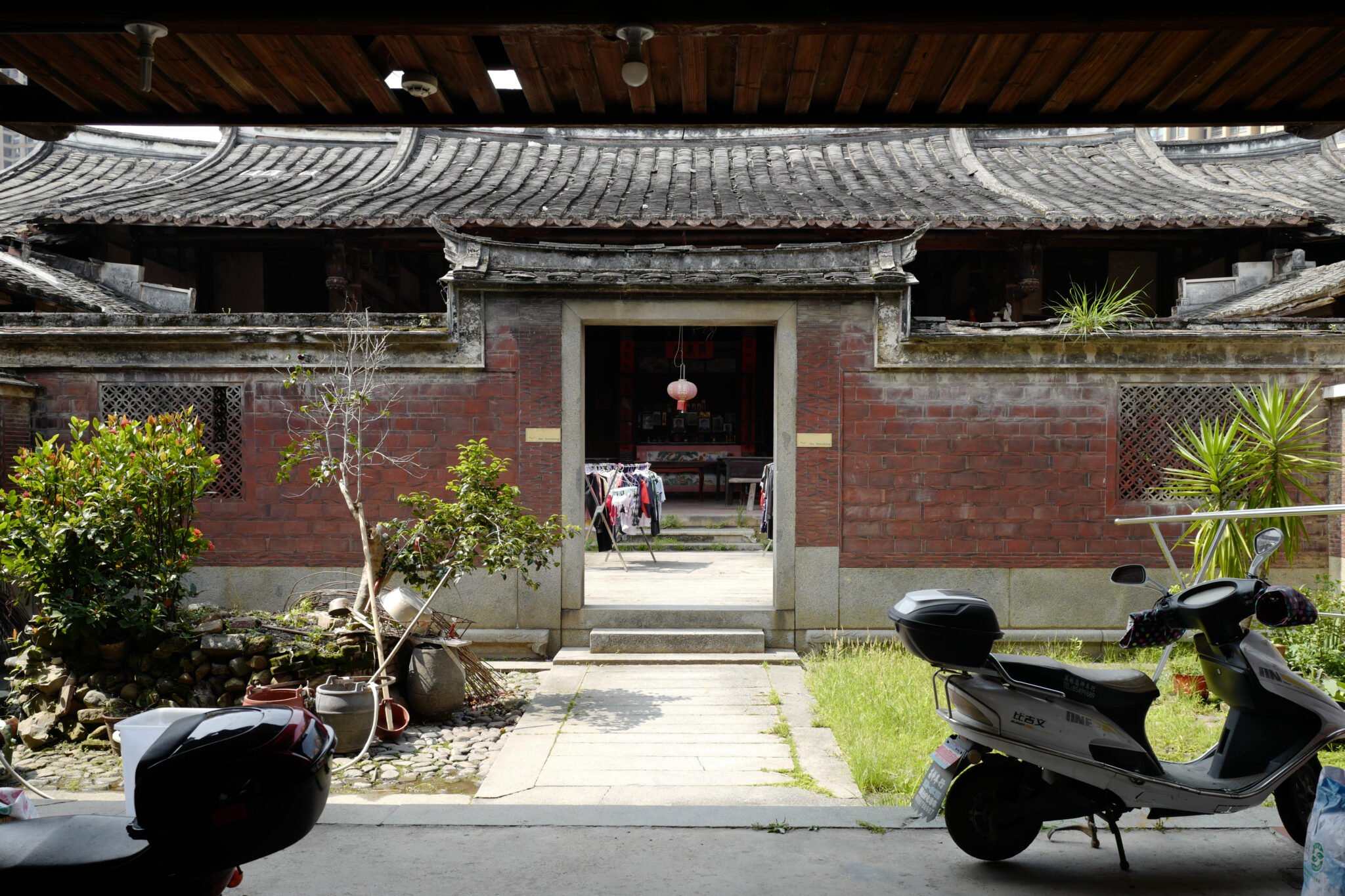
Inside, there are red brick partition walls, stone paved courtyards, halls, and wings on both the east and west sides, as well as ancient wells, stables, toilets and other original facilities.
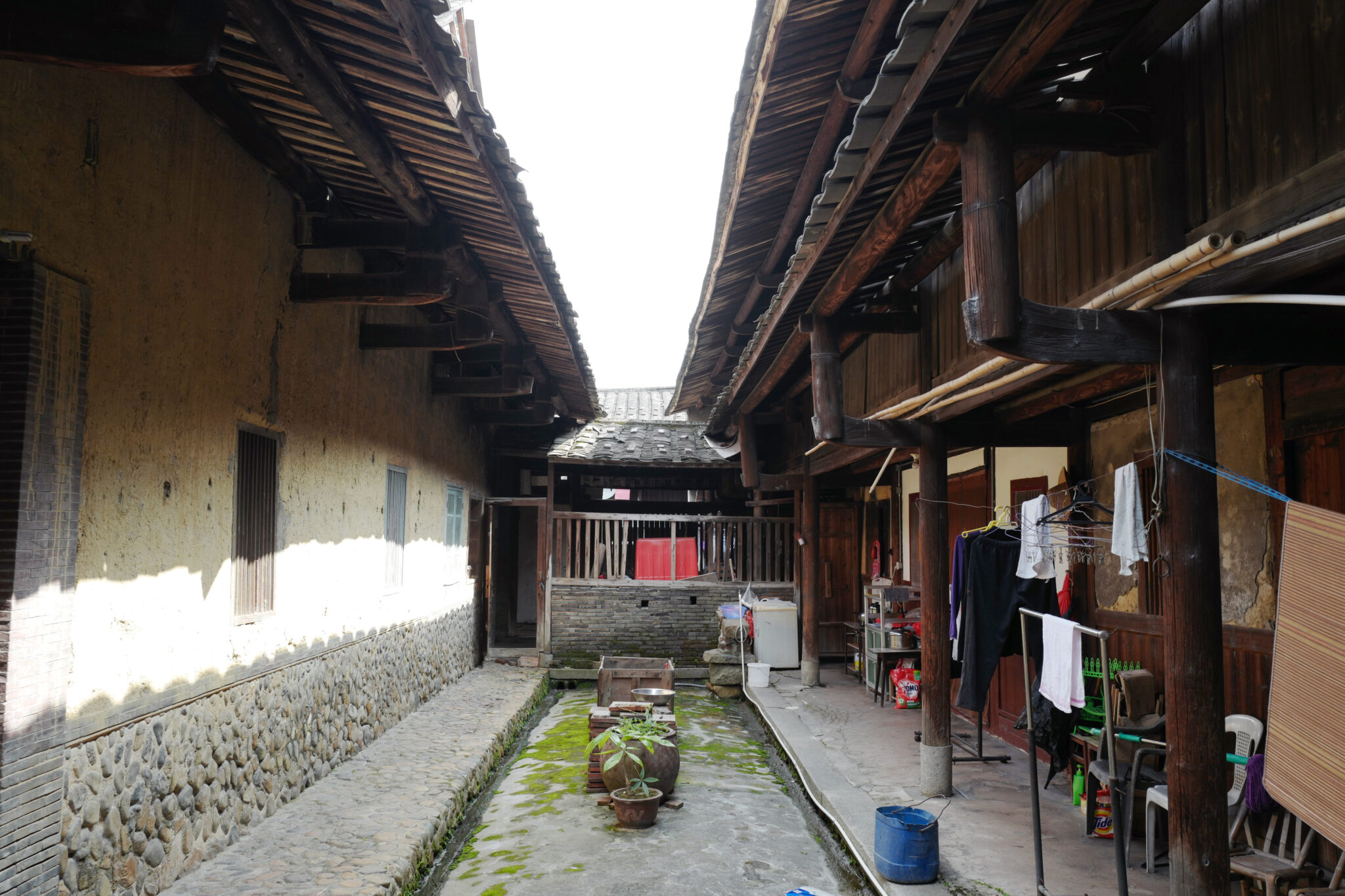
The second floor is enclosed by a wooden frame, with wooden partitions and floors. There is a corridor that runs around the inside leading to every room of the building.

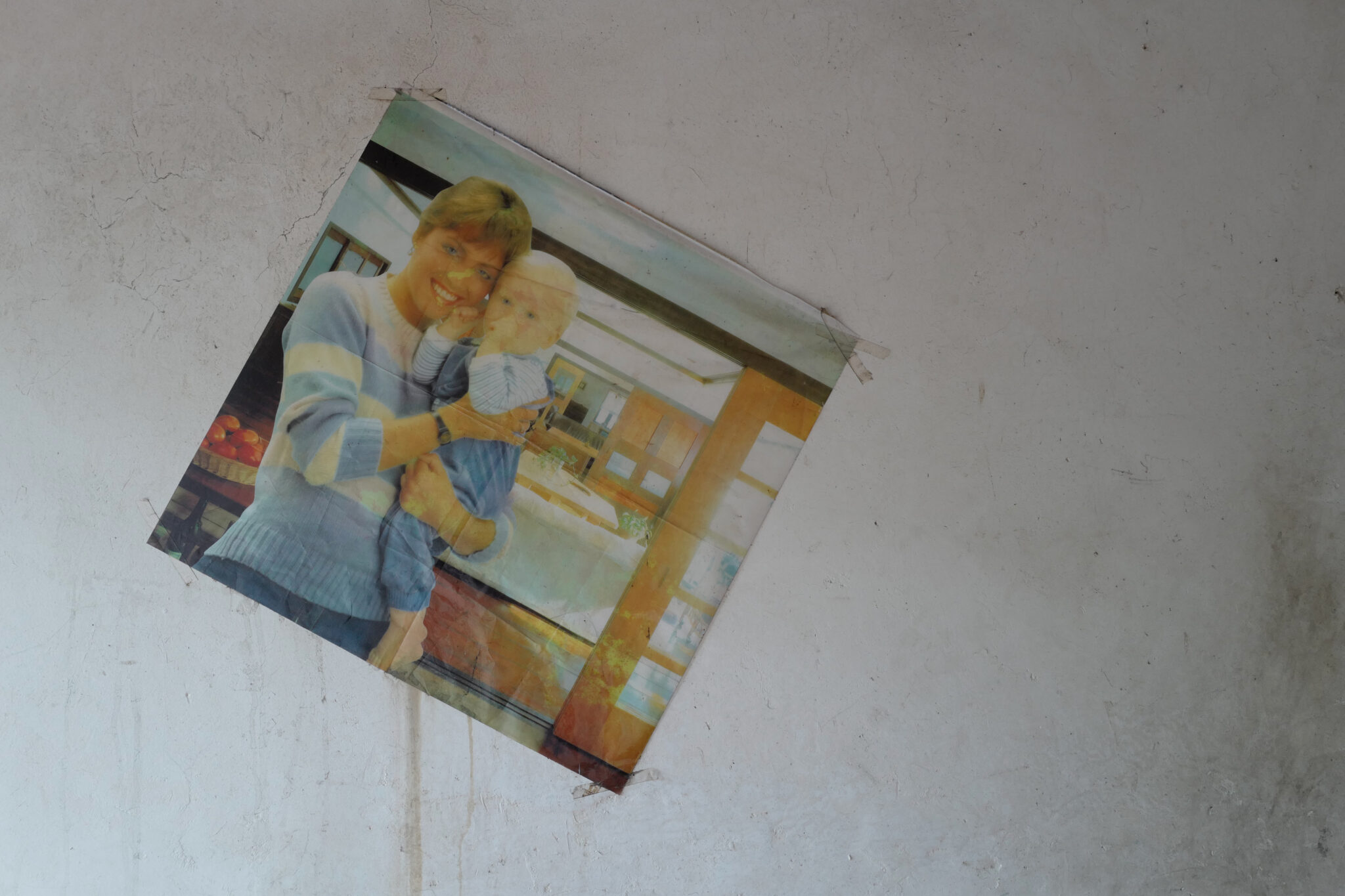
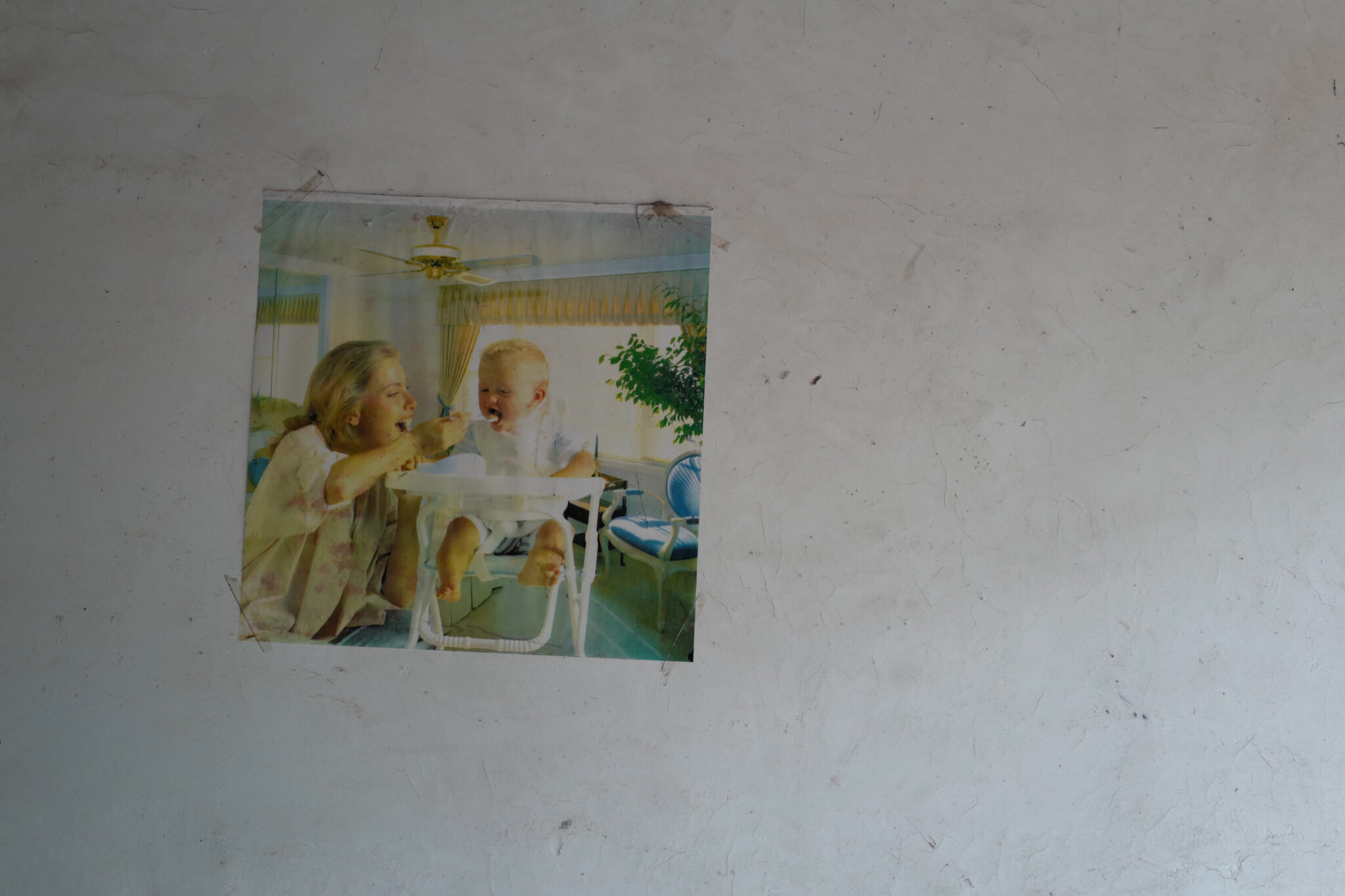
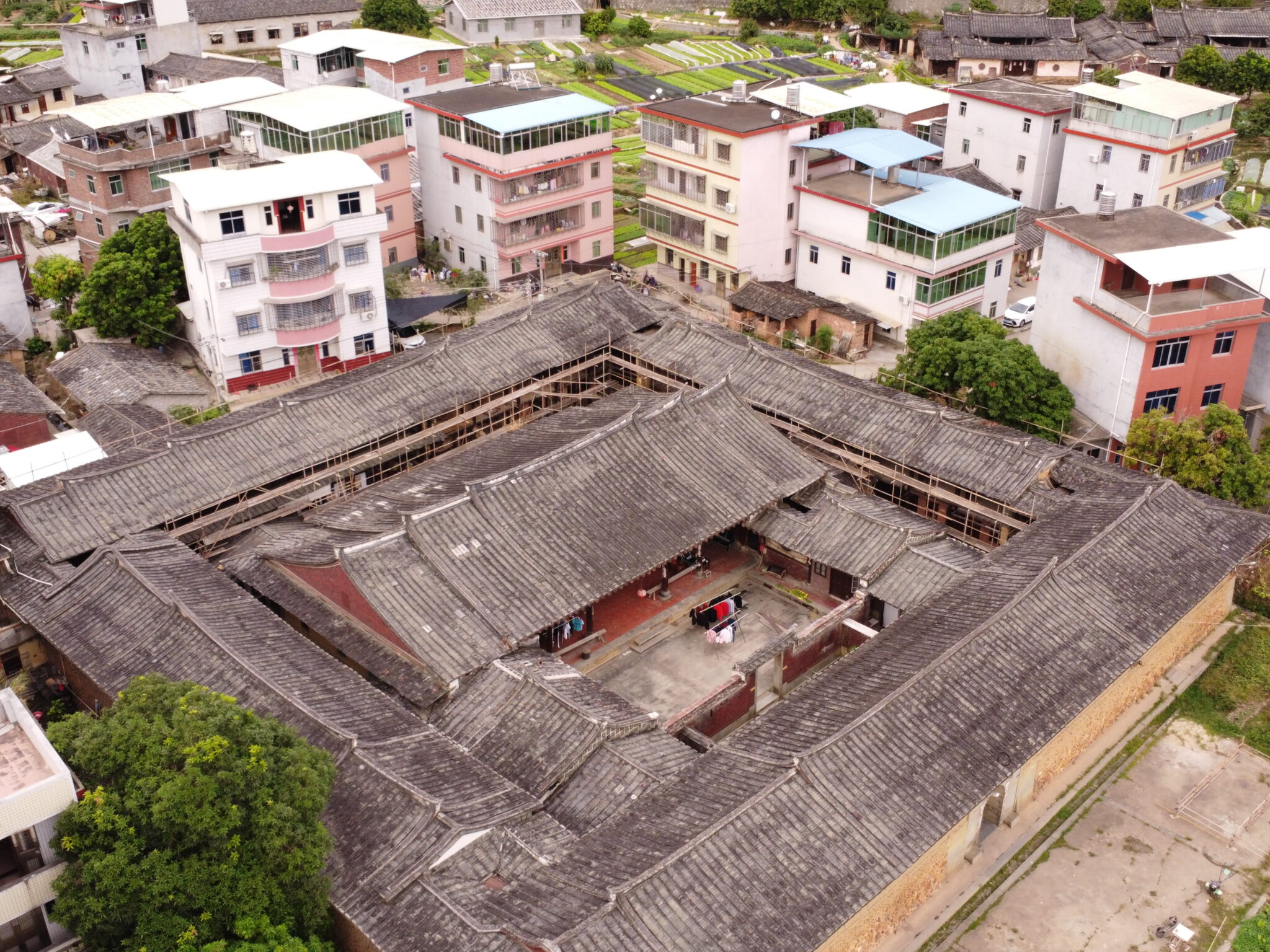
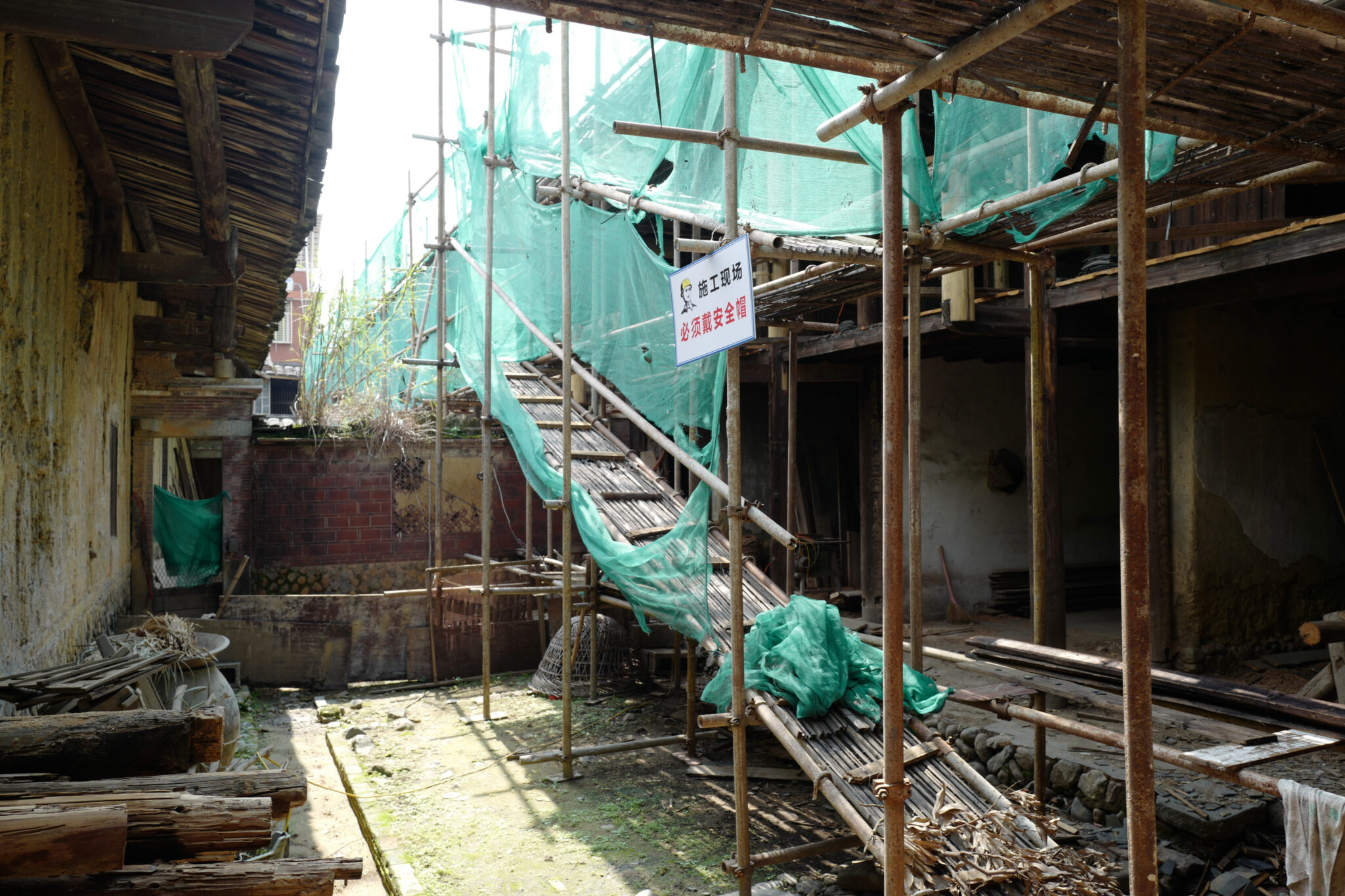
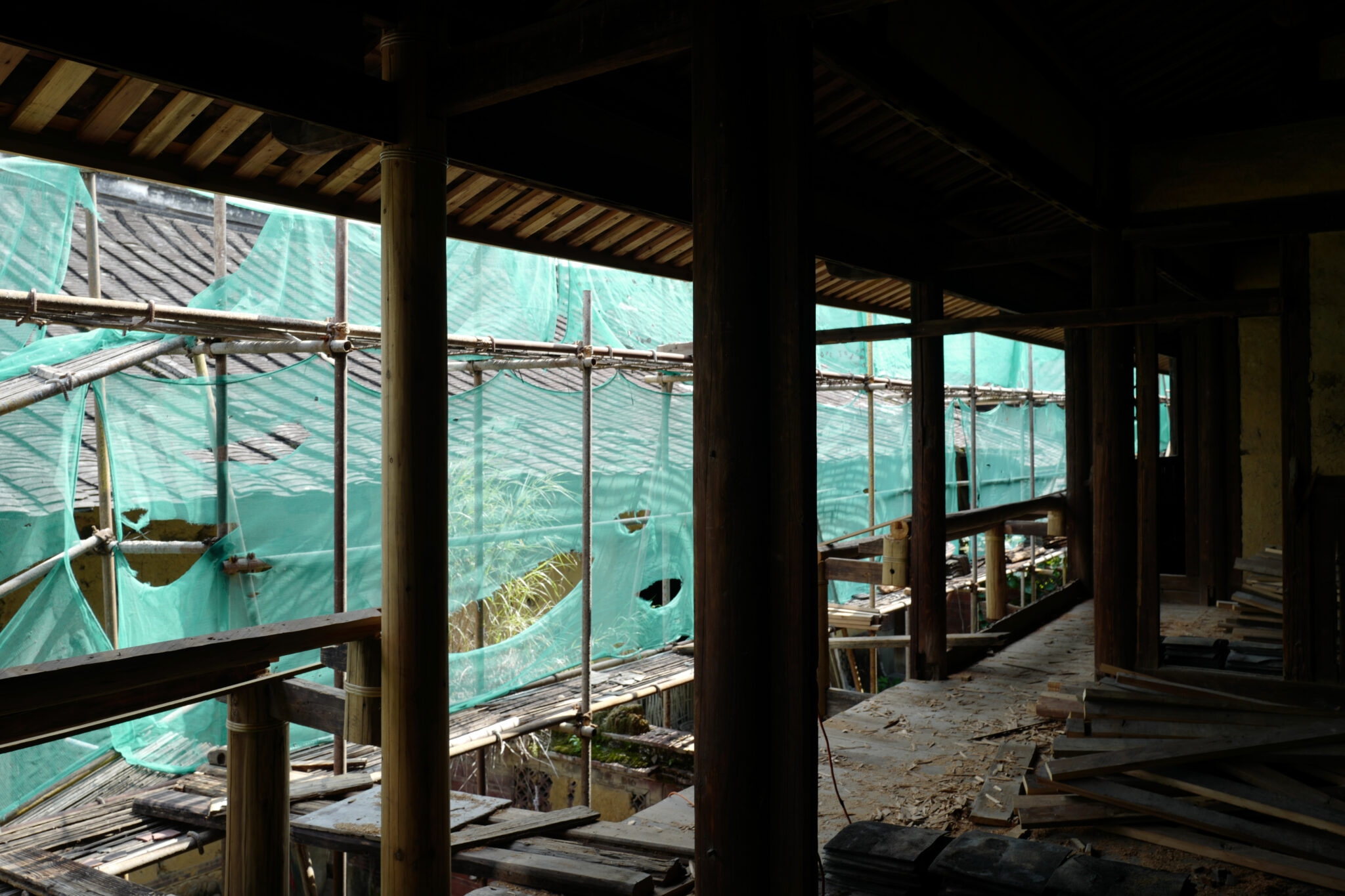
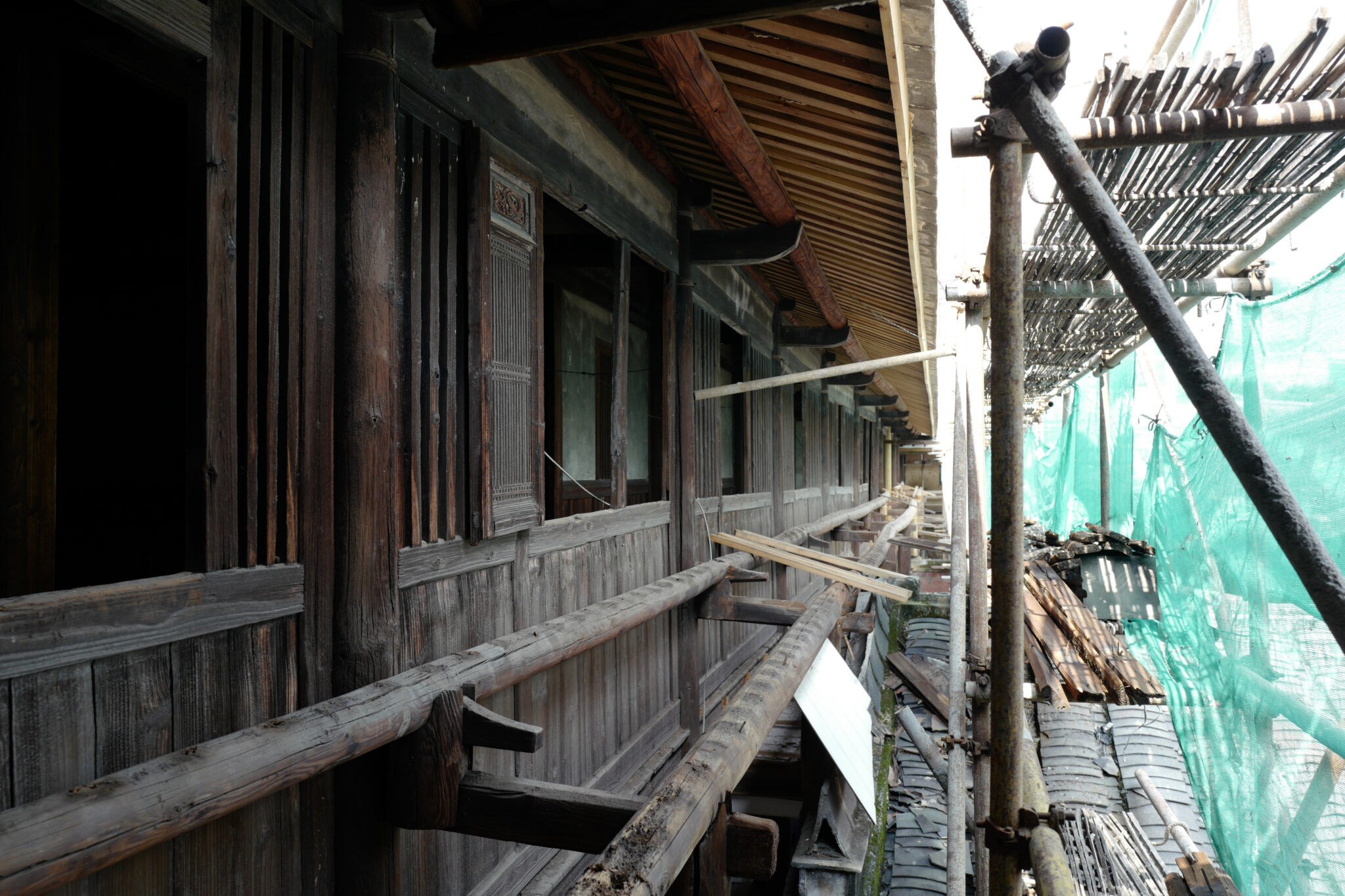
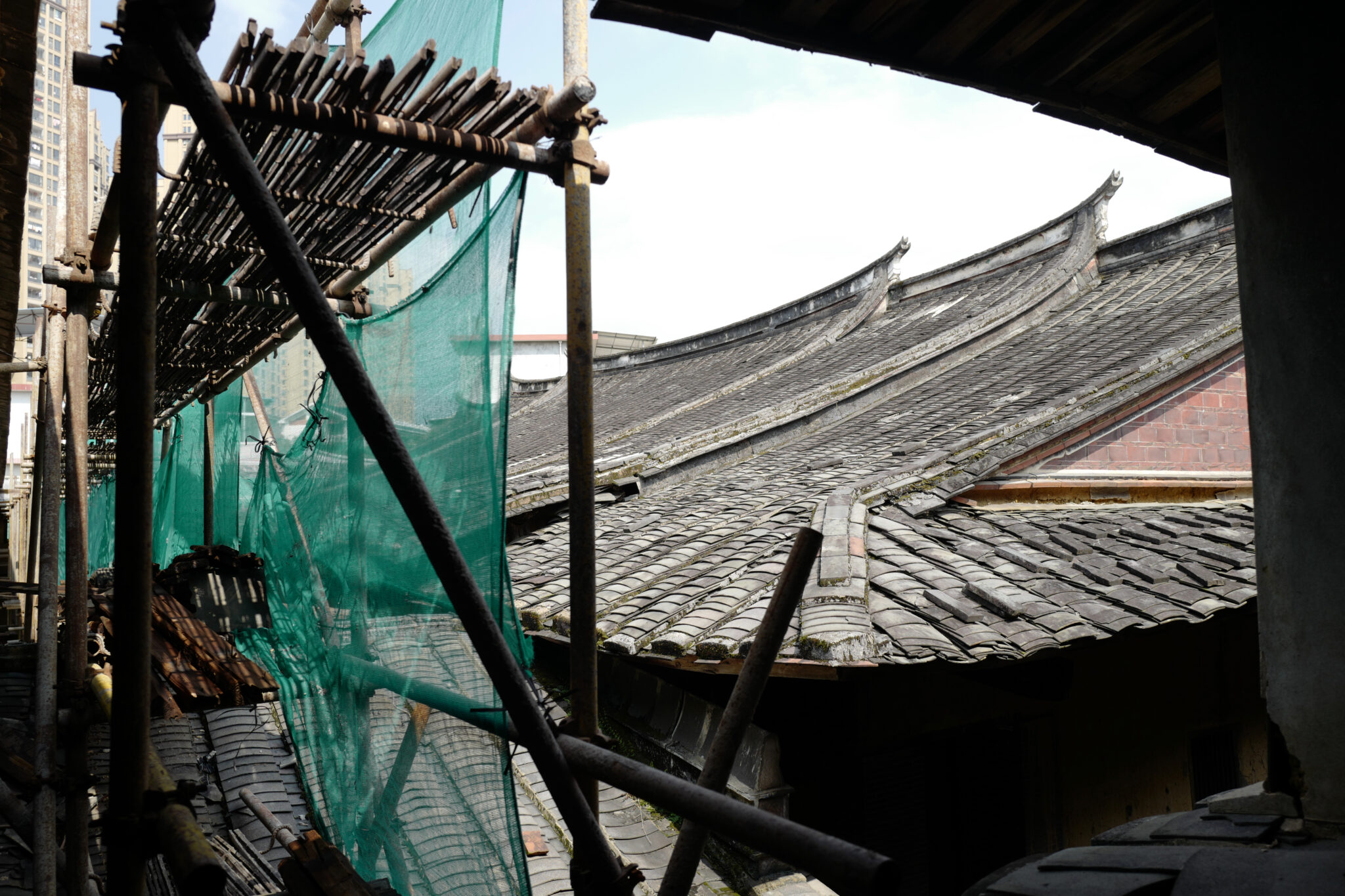
The building is currently undergoing heavy repairs but the work looks pretty ad hoc and it is unclear how much effort is going into completing a faithful restoration. I guess this is better than the fate most such buildings have met.
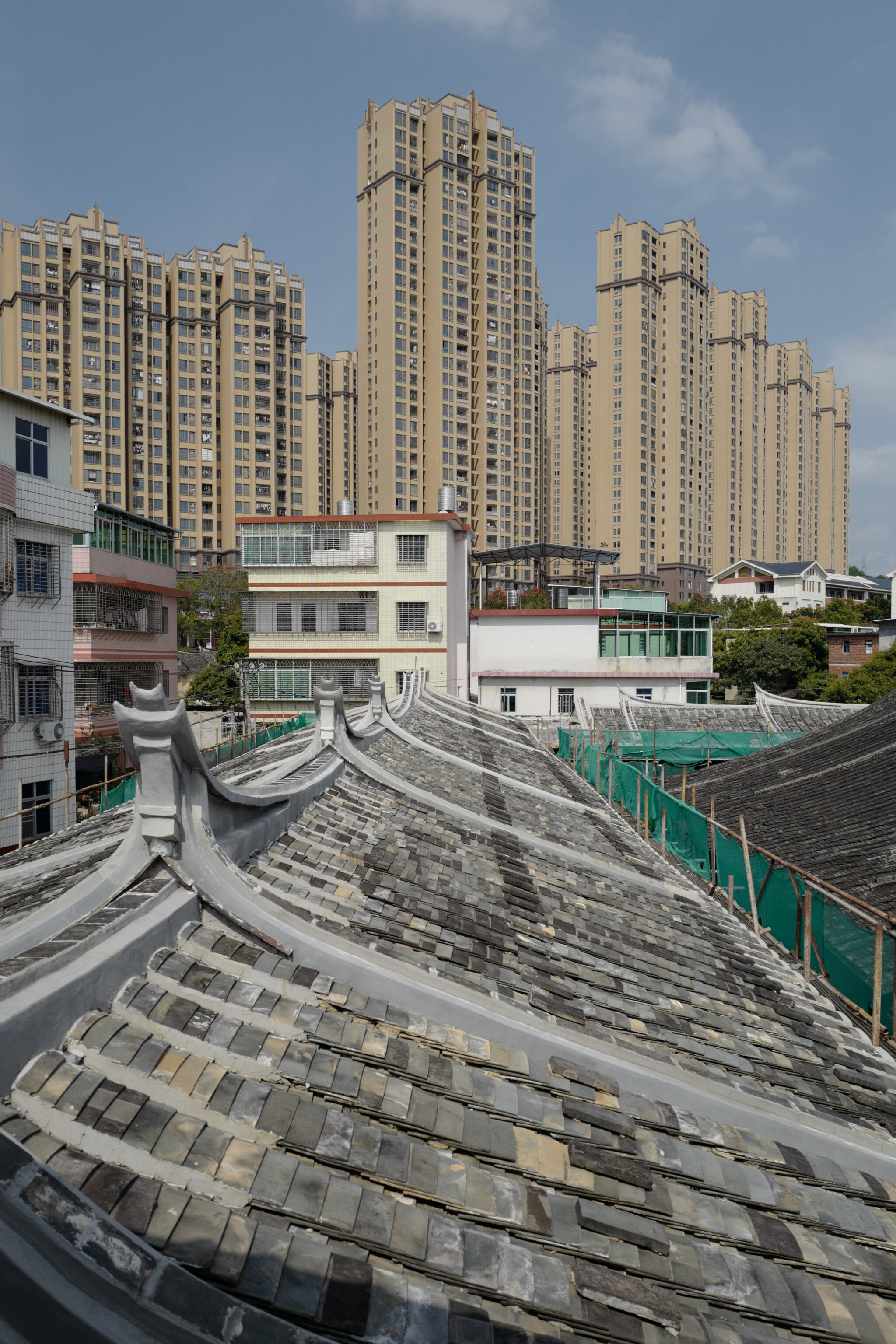

Beside the building are rows of small allotments being tended to by the local elders. I imagine most young people move to Quanzhou City nearby for better-paying jobs these days.
I felt lucky to have had the chance to visit all these historic buildings and marvelled at how they had managed to survive amidst all the rampant development that’s taken place across China in recent decades. It was encouraging to see some nascent efforts being made to preserve them.


Reply